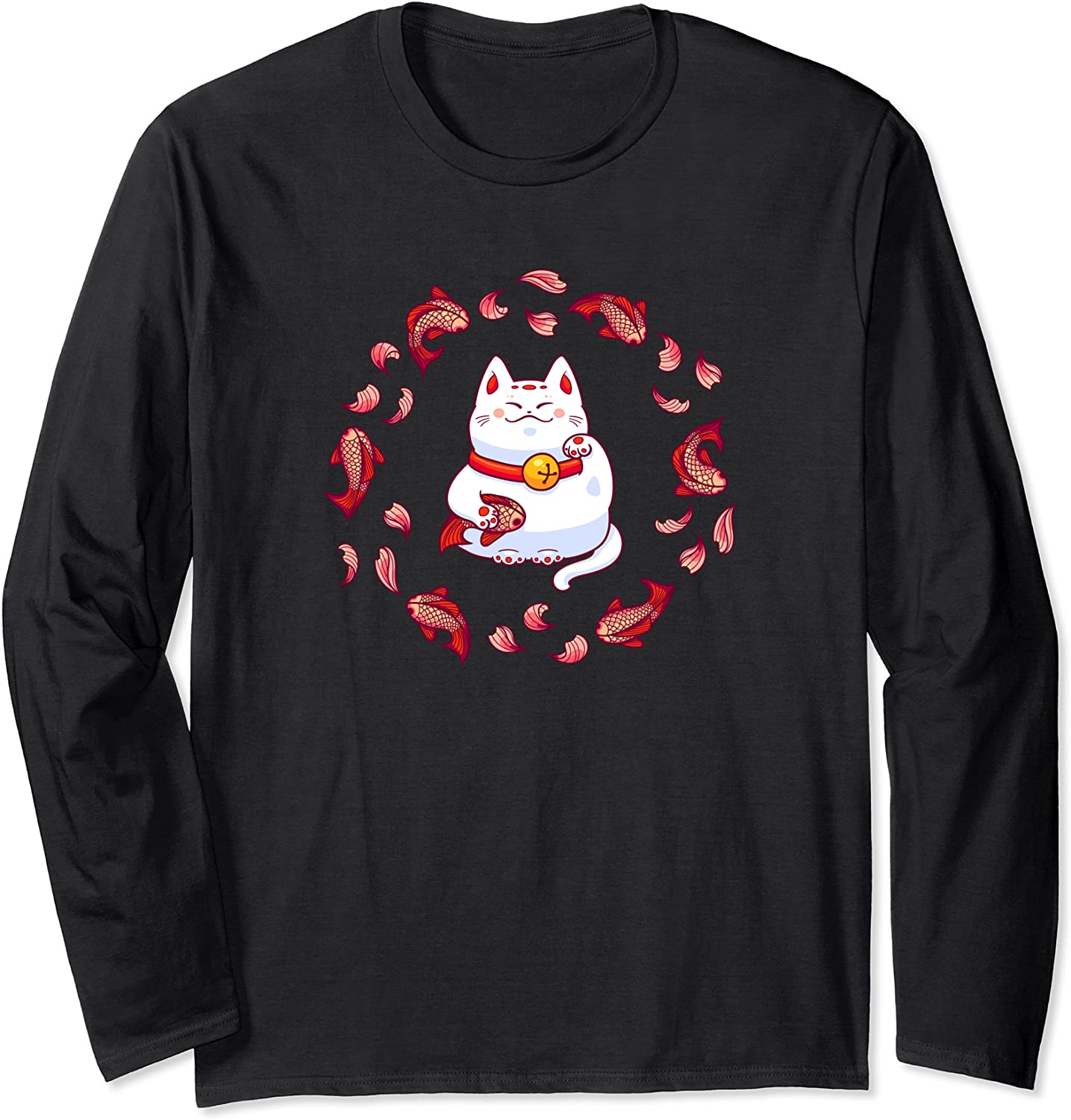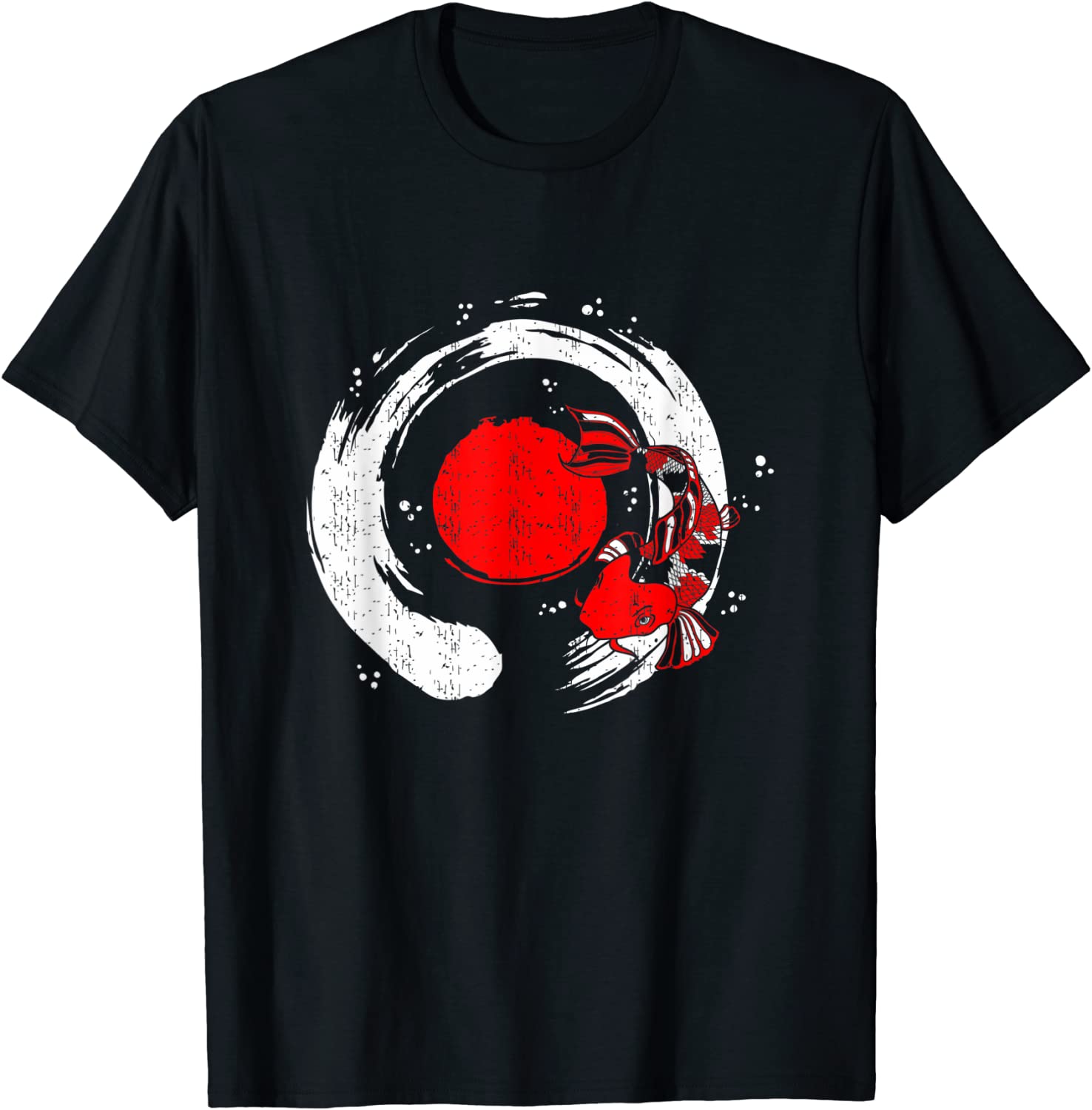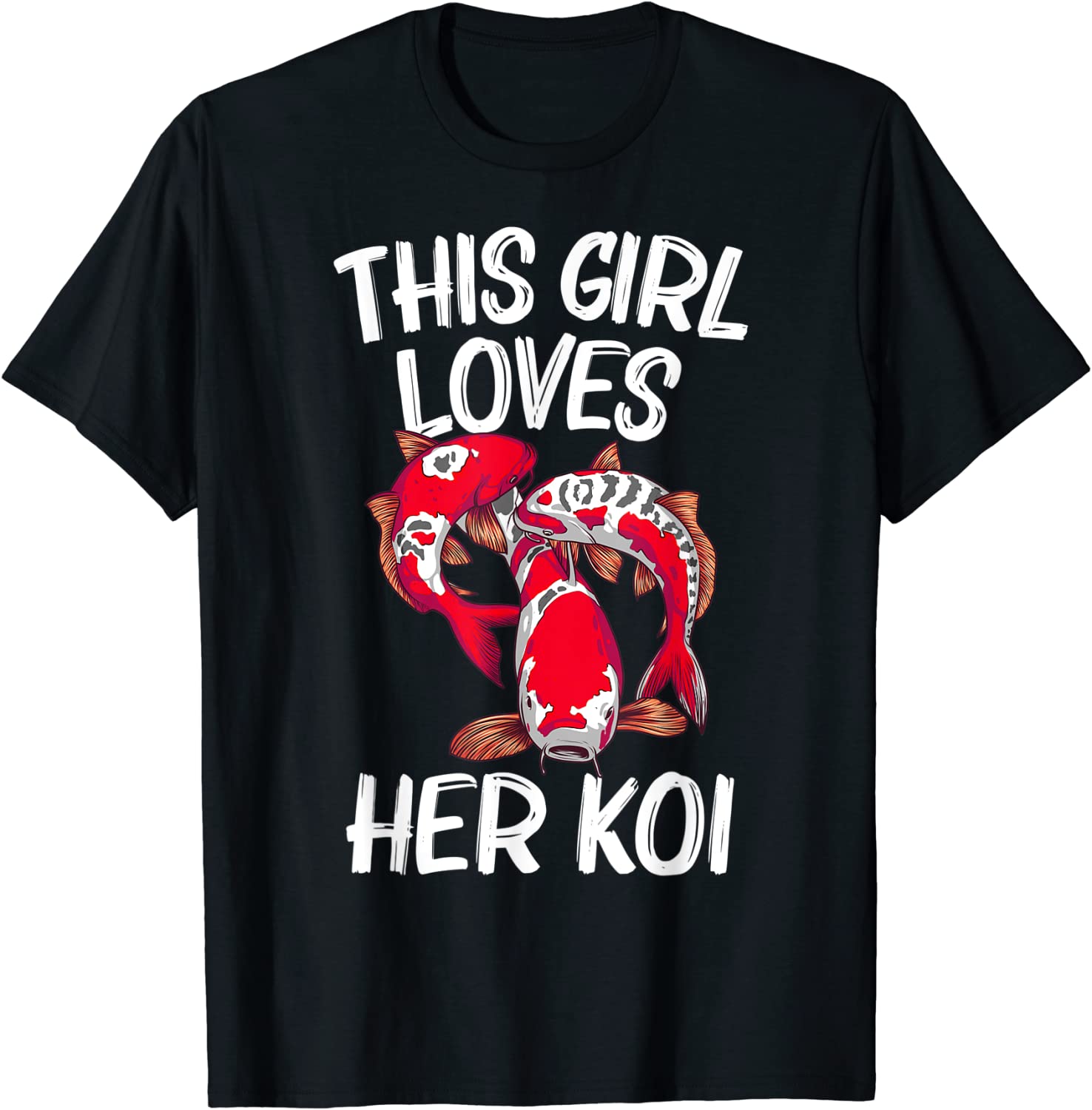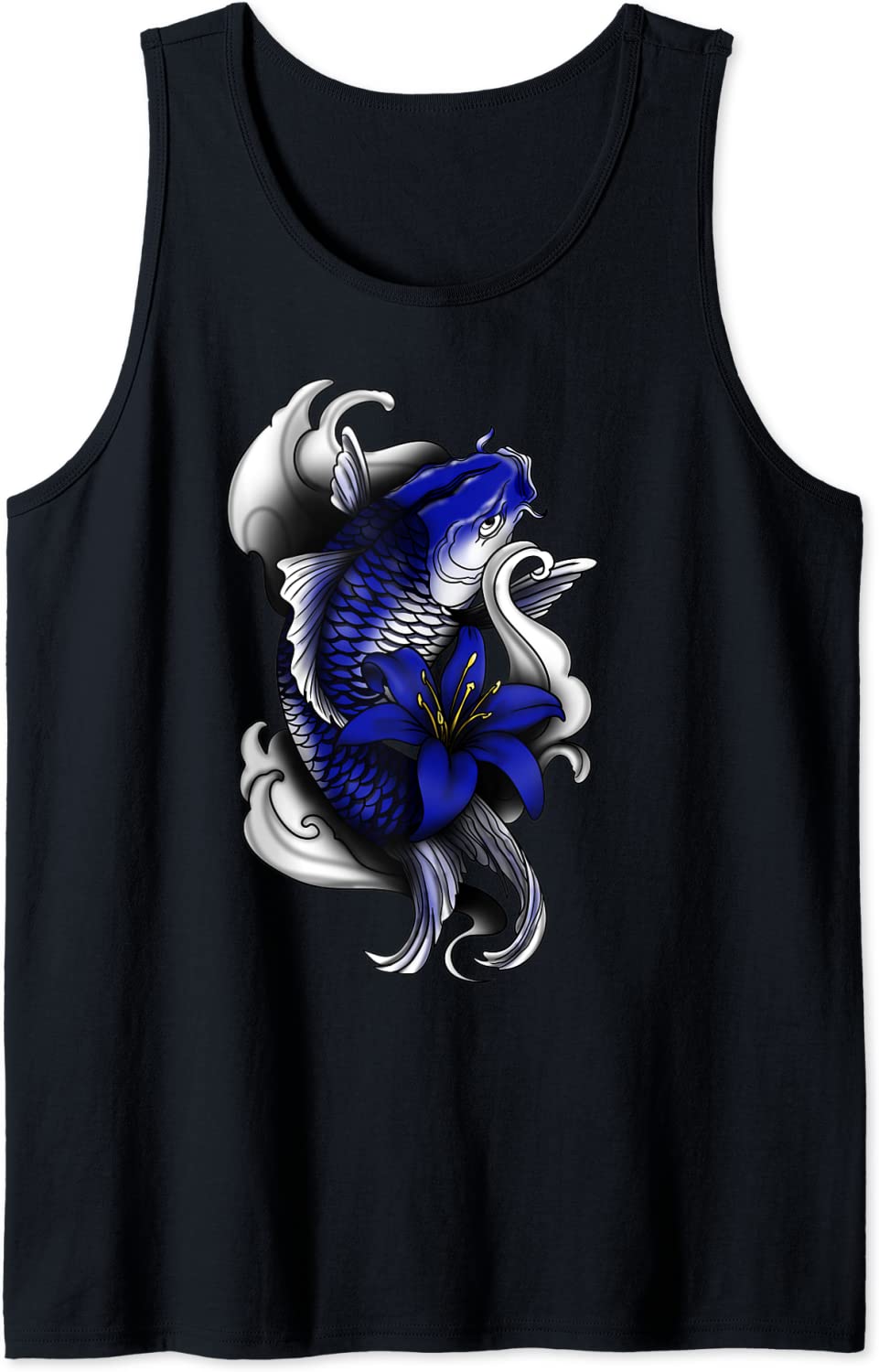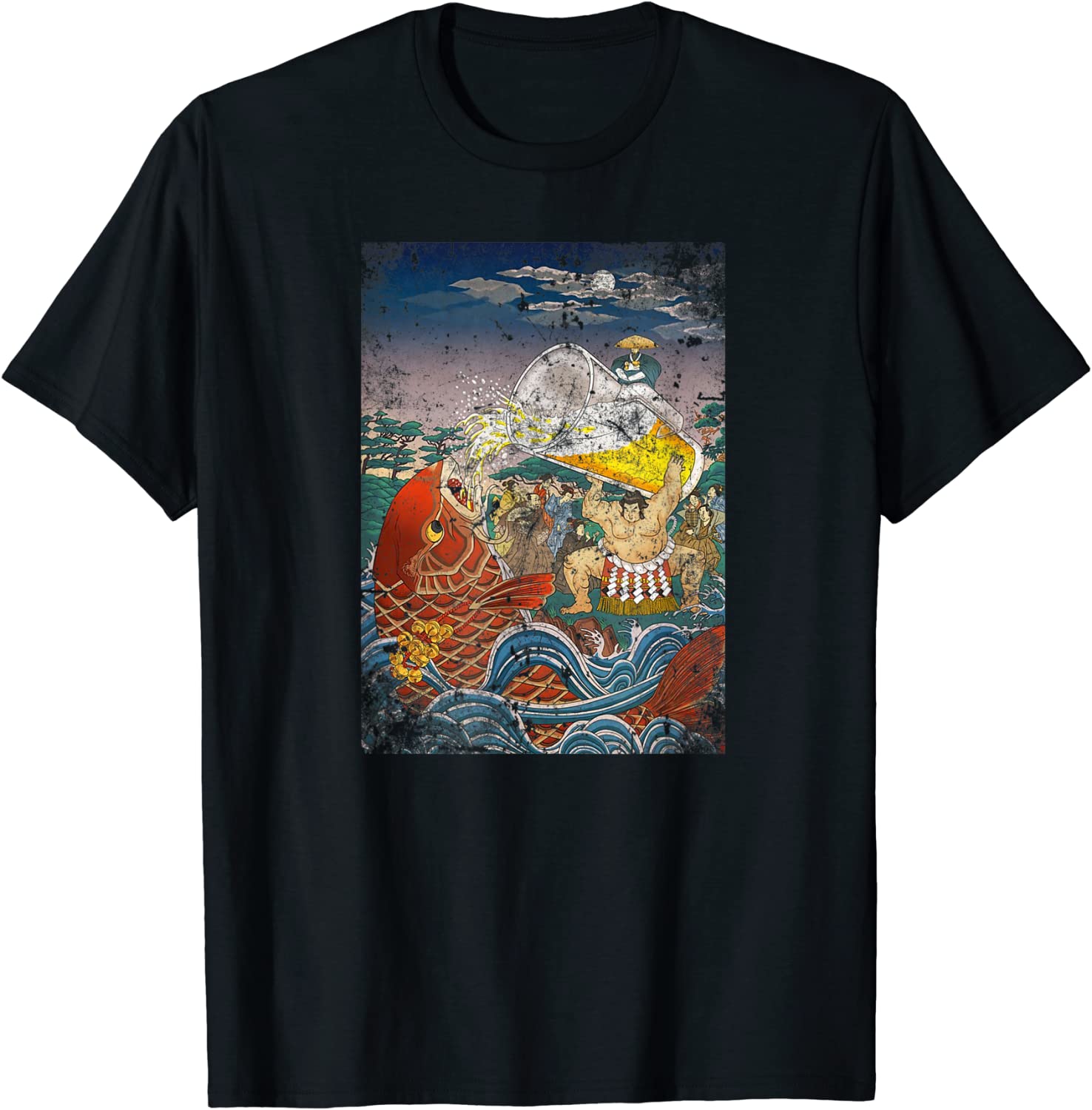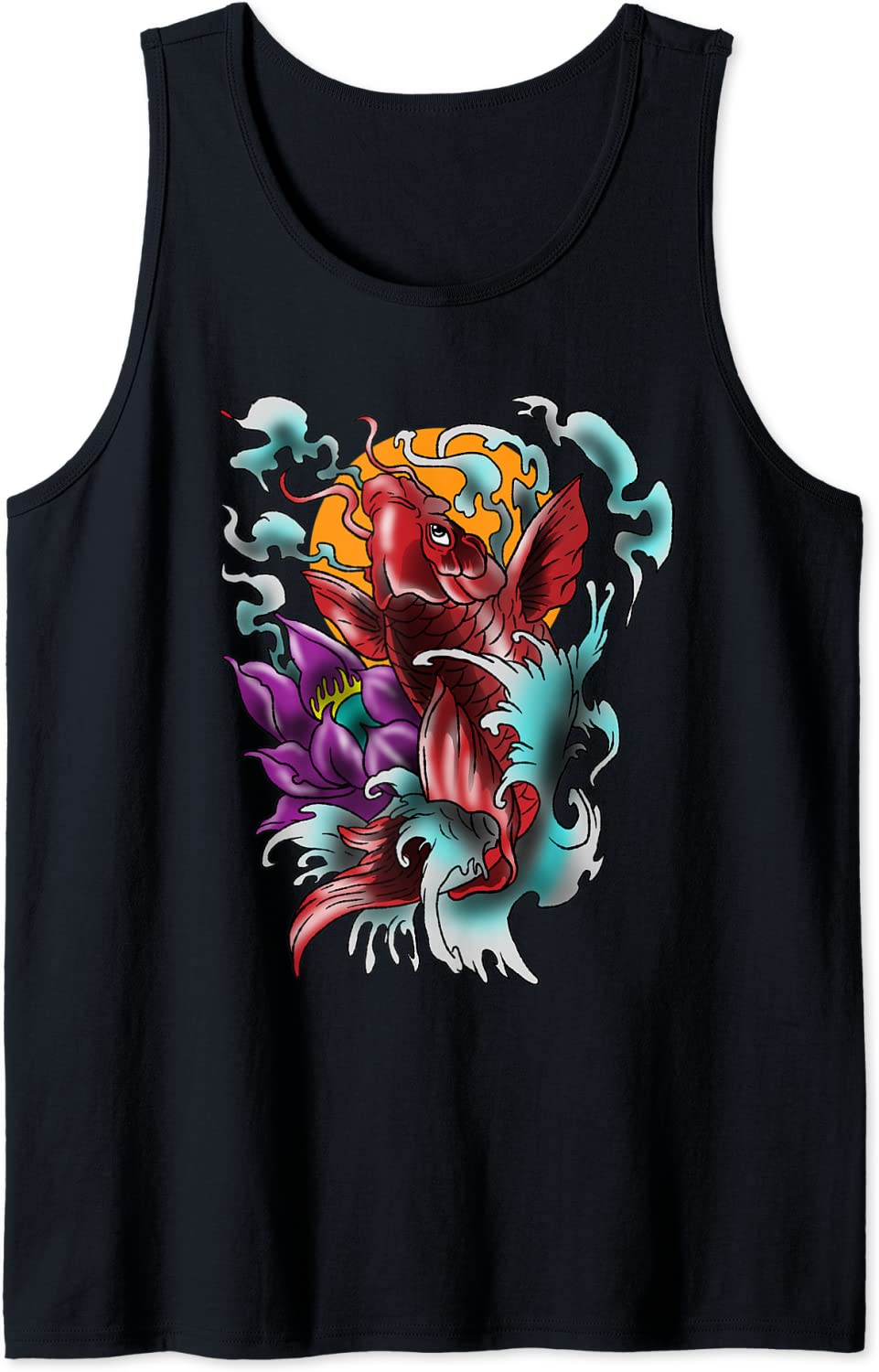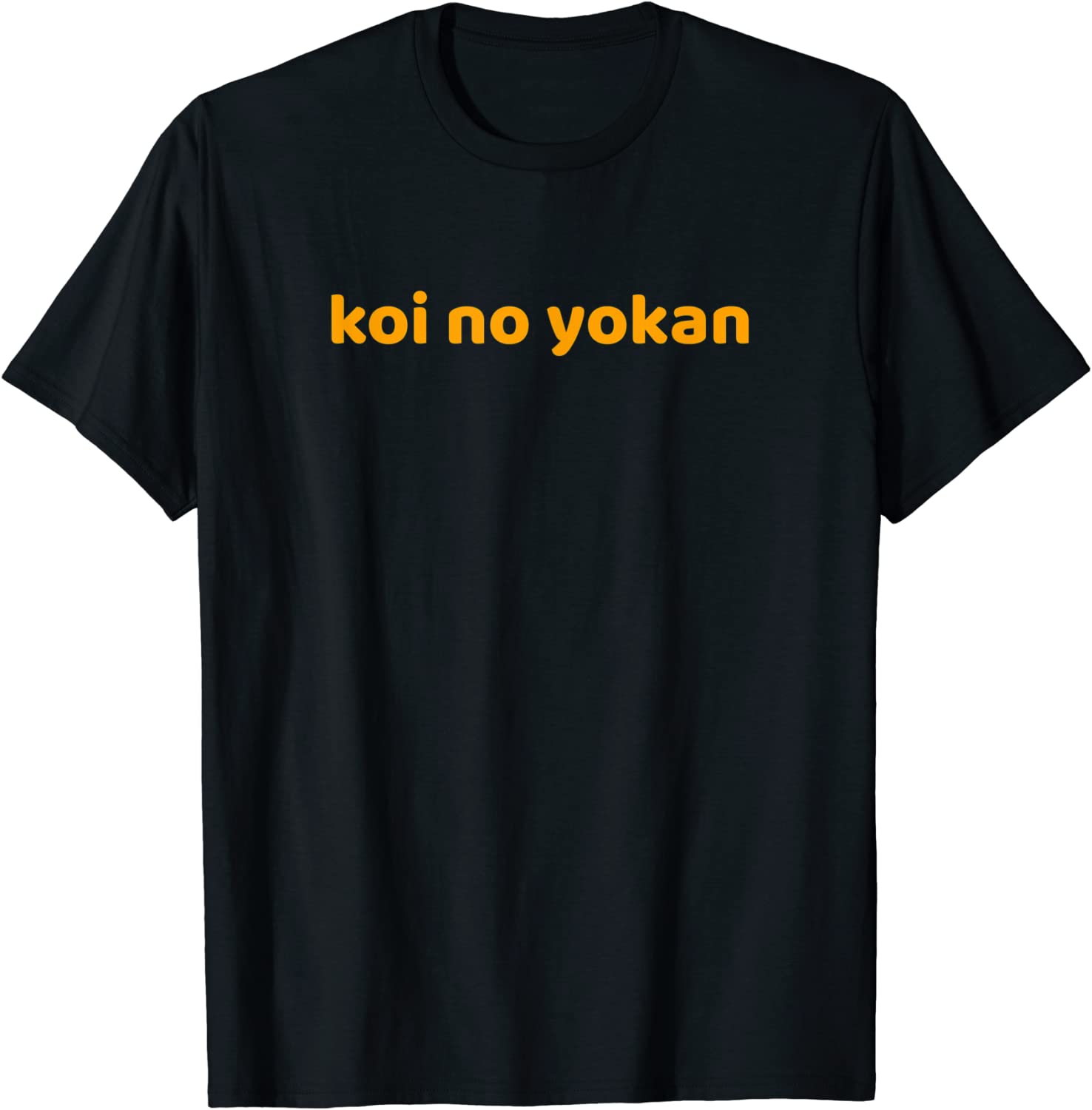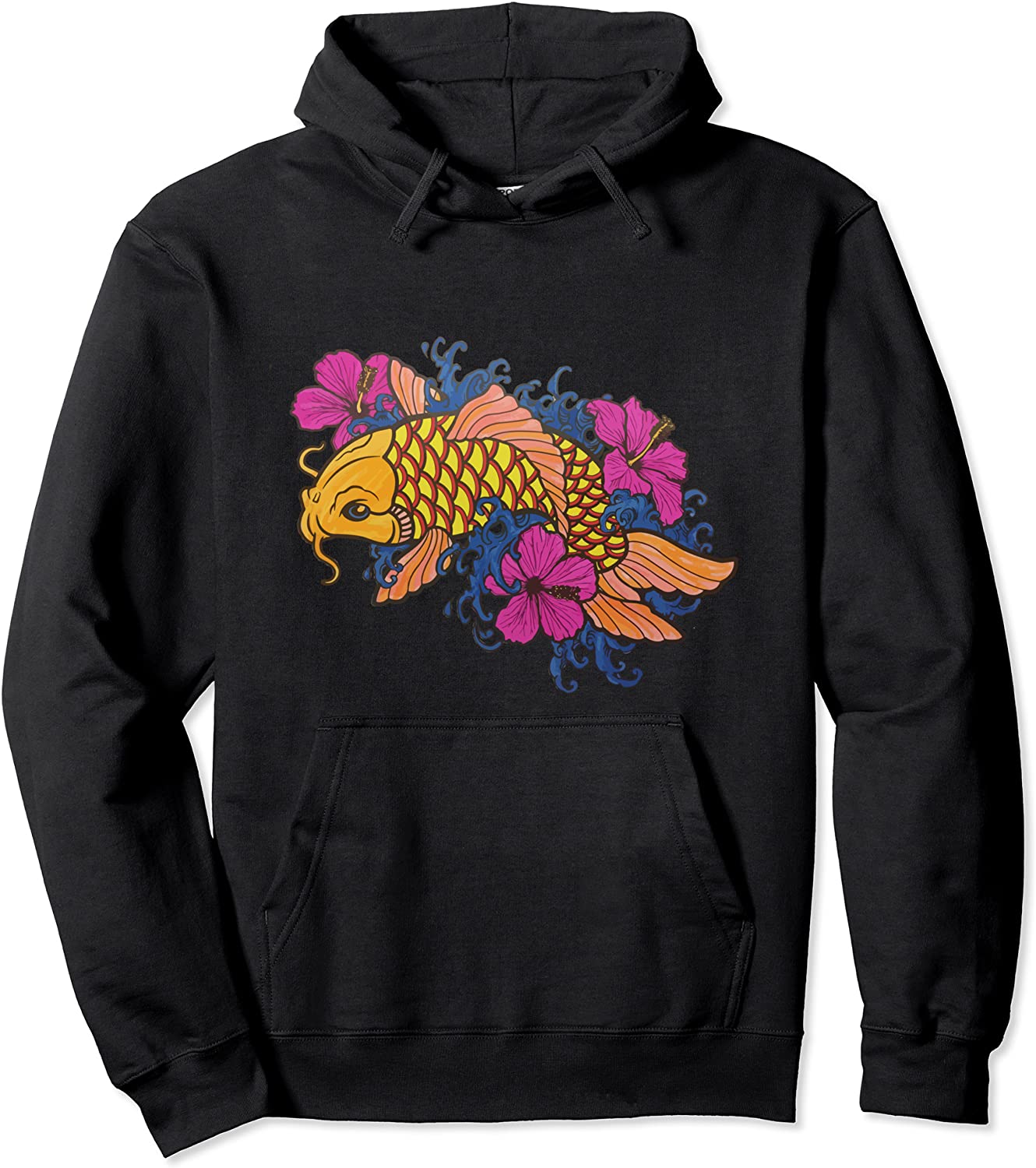No products in the cart.
Blog
Koi – Everything you need to know
The koi fish is a common sight in many ponds and lakes across Asia. These beautiful carp have been revered as a sign of wealth, prosperity, good luck and abundance for centuries – dating back over two thousand years. Their striking blue-green scales have given this otherwise modest-looking fish its nickname: The Aquatic Jewel. It’s no wonder then that koi fish are commonly used to decorate houses and gardens or arranged in decorative ponds and lagoons.
However, the high demand for koi has led to a serious problem within the carp farming industry – almost half of all domesticated koi are now believed to be suffering from various diseases caused by poor husbandry practices. This problem has resulted in an alarming decline in the population of captive-bred koi fish, with many local ponds being forced to close down due to lack of interest or available land.
In order to restore public interest in this wonderful fish and help revive the struggling carp breeding industry, we’ll be covering everything you need to know about koi as well as where you can buy them once they’re gone from captivity. From their history, types and care requirements through to the varieties that are worth purchasing and those that should be avoided like the plague…
The history of koi

fish In Japan, the traditional koi fish came from goldfish that had been selectively bred for a long time to produce a much more desirable appearance – specifically their long fins and blue-green scales. The word ‘koi’ was first recorded in the Nihon Shoki (the first historical book of Japan) in 645 AD where it is said to describe a carp called Hokoji that was used as a sign of wealth.
When the Japanese embarked on an era of imperialism during the 17th century, they brought these beautiful fish with them and they were soon introduced into China and Korea. Some say that there are two types of koi fish: those with red fins and those with yellow fins.
However, it’s now believed that this is just a myth; all koi have blue-green scales and red or yellow fins are just coloured marks on their scales rather than different colours altogether.
Types of koi
Koi are a species of freshwater carp native to Asia, and they come in four different types: Shiro-koi (the white-scaled koi), Ogon-koi (the red-scaled koi), Kohaku-koi (the golden color) and Urago-koi (the black color). These types are divided into several categories of quality.
The commonest type is the Shiro-koi, which has a pure white body with blue scales on its back and sides. There is also the black variety called Urago. The Red Ogon is mainly found at the bottom of ponds or in small rivers. And finally, there’s the green Kohaku which comes from rivers or streams but can also be found in some ponds as well, though it yields less than other koi varieties.
Different Koi Colors
There are three colors of koi fish that you’ll come across in the wild. The most common is the white koi, which is the original color of these fish. You’ll also find a golden variety as well as a black variety. The white and golden colors of these carp make them highly prized by collectors and enthusiasts alike.
However, if you’re looking to buy a koi to keep as a pet, it would be best to purchase one that has been bred in captivity. This way, you know it is disease-free and won’t have any genetic defects like albinism or melanism – two important aspects to consider when spending your hard-earned cash on an aquatic jewel!
Patterns on Koi
In order to identify what type of koi fish you are buying, it pays to understand the patterns on their scales. The first pattern is called a ‘denticle’ and it can be found on the head, body or tail of the carp. It’s always surrounded by another pattern known as a ‘lozenge’ and is usually found near the lateral line on the belly. In addition to these two patterns, there are also smaller ones that can be found scattered across the body in various places such as around the pectoral fins or between scales.
The second pattern that you should look out for is called a ‘scale bar’ and this one is found at either end of each scale along with some smaller scale bars in between them. These pattern not only run horizontally across the body but vertically up (or down) as well. One last important thing to note about patterns on koi is that they change over time so it’s best to buy your fish from someone who has them regularly marked so you know exactly what you’re getting!
How to Choose a Koi
Fish First things first, what’s the difference between a koi and a goldfish? Koi are distinguished by their larger size and green-blue scales that range in color from green to dark blue. Goldfish, on the other hand, have yellow or orange scales. They also have different shapes. The most easily recognized of these is the common goldfish which has a long head, round body and large tail with a dorsal fin on its back.
These fish can be found in many colors like black, brown, red and even albino. Koi originated in China over two thousand years ago but they were bred mainly in Japan until recently. Nowadays you can find them all across Asia including Korea where they were introduced in 1966 by fish farmers who were trying to save the dwindling population of koi due to disease among captive-bred carp.
If you want to buy a koi fish you should ensure you choose one bred in captivity so that you know it was born under controlled conditions as opposed to being wild caught from the river or lake where it was originally found. It’s also important that your new fish isn’t too big for your tank – this will prevent injury or stress for your pet as well as minimise waste and mess for you! If your koi is already grown up then this might not be an issue but if not then make sure to choose one that’s no bigger than 3 inches long so it doesn’t out
Koi Size
Koi are a type of carp that measure around 18 inches long and only weigh 3-5 pounds. These fish have been bred to appeal to the human eye with their striking blue-green scales and intense red eyes, but they’re not exactly the best when it comes to catching prey. Although koi are often seen as an ornamental fish, they still need plenty of care and attention in order to survive and thrive. A lot of these fish will require some serious space too – especially if you’re buying a big one. There may be more competition for food and resources in a larger aquarium, so make sure you choose wisely!
Lifespan of a koi
A lifespan of a koi can vary depending on the variety, size and care they receive. It is estimated that a small goldfish will live up to two years while larger ones can live up to thirty years. Koi originating from Japan typically reach their maximum size at three to five years old, while those from China and Taiwan may grow much larger – some reaching over 40lbs! Koi are also known for their fascinating coloration, which often changes as they age.
As the Koi get older, their scales become darker and more intense in color. The blue-green scales of a young koi fish may turn into shades of red or orange as it matures into adulthood. The common name “koi” originates from the Japanese word for “pond” where these beautiful carp are bred and kept in captivity today. However, this name actually originated from the Chinese word for “brightness,” which is pronounced in the same way as the Japanese word for “pond.”
Caring for koi
Koi are fish belonging to the carp family. They were originally domesticated in China over two thousand years ago and were subsequently bred for ornamental purposes, with very few of them being kept for their meat. The koi’s skin is covered in small scales that give it a smooth and shiny appearance. The underside of the fish is usually silvery-white and a darker shade of blue on the dorsal surface, with some yellow markings along the sides and back. Although they coat their bodies with a layer of slime to protect themselves from parasites, koi feed on algae, which means they need regular water changes to keep their ponds clean. Koi are social creatures and should be kept in groups or pairs rather than alone
Conclusion
Japanese Koi fish have a long and colorful history. Koi fish are a popular pet and are also used in ponds and water gardens as an ornamental feature. They are most commonly found in colors of black, red, white, orange, yellow, green, blue and purple. Koi can be found in many different sizes and shapes. Koi fish are a popular pet and are also used in ponds and water gardens as an ornamental feature. They are most commonly found in colors of black, red, white, orange, yellow, green, blue and purple. Koi can be found in many different sizes and shapes.
Conclusion: The environment is important to consider when deciding on the right koi for your pond. Koi are are sensitive to their surrounding conditions so consider the size of your pond and the location of your pond when choosing a koi. A solid SEO strategy can help your brand rank higher in search engine results and drive more traffic to your business. Outsourcing is a great way to jumpstart this process — the right agency can give you the advantage when it comes to getting noticed and capturing customer interest. But outsourcing alone isn’t enough. Your brand perspective











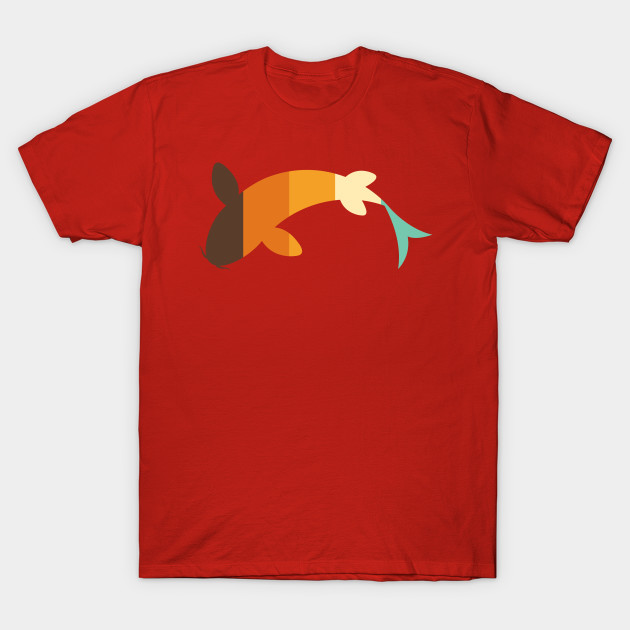



























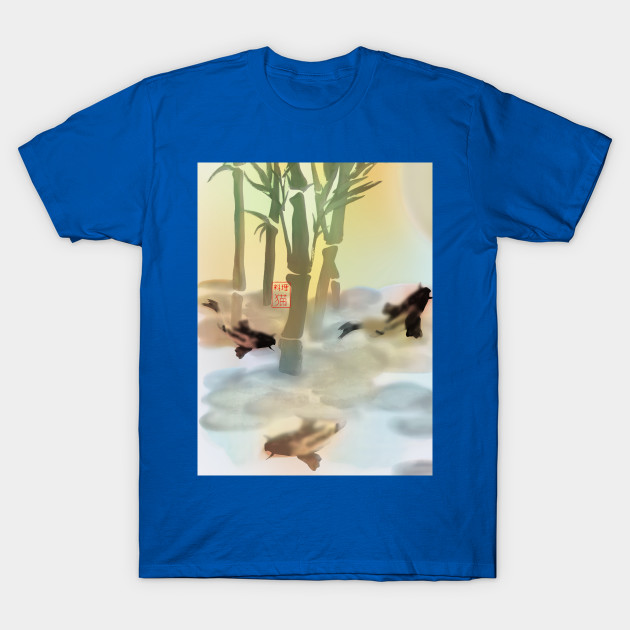













_221wiitbfh.jpg)
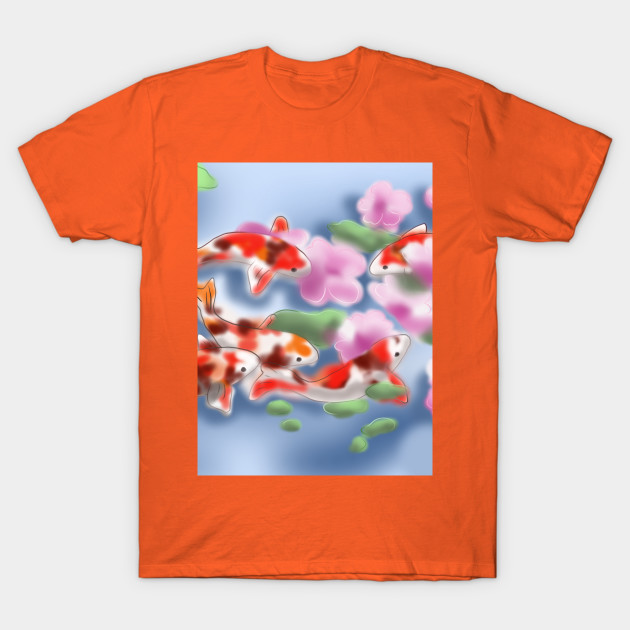











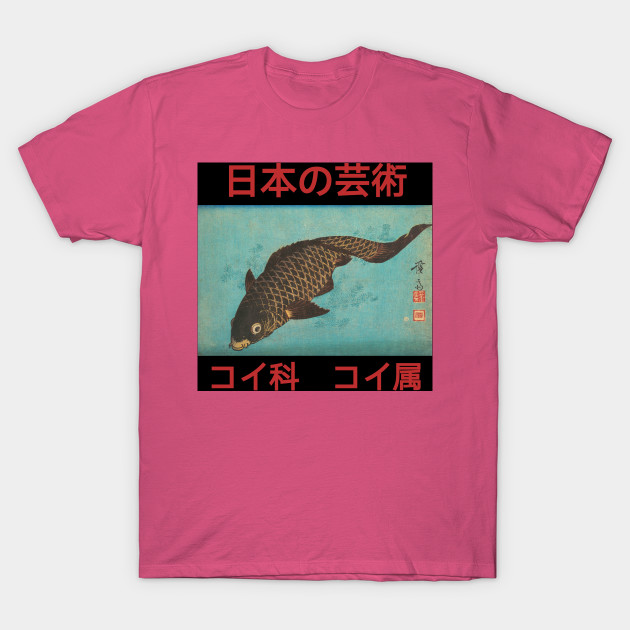
_fifpmqf1qe.jpg)


























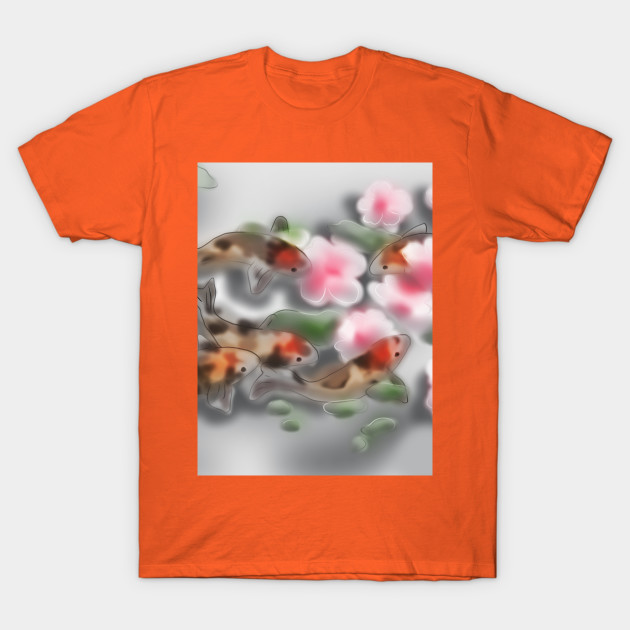

_dybpql3eph.jpg)

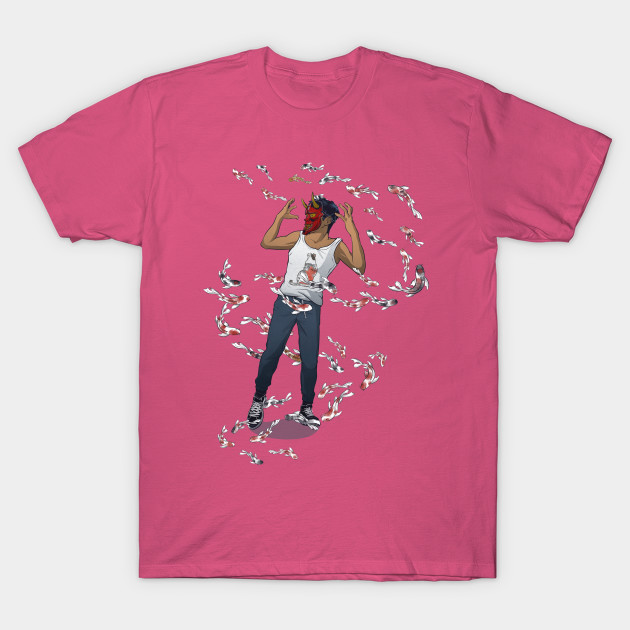
_wrievwtewl.jpg)
_fkaiwvjtrv.jpg)





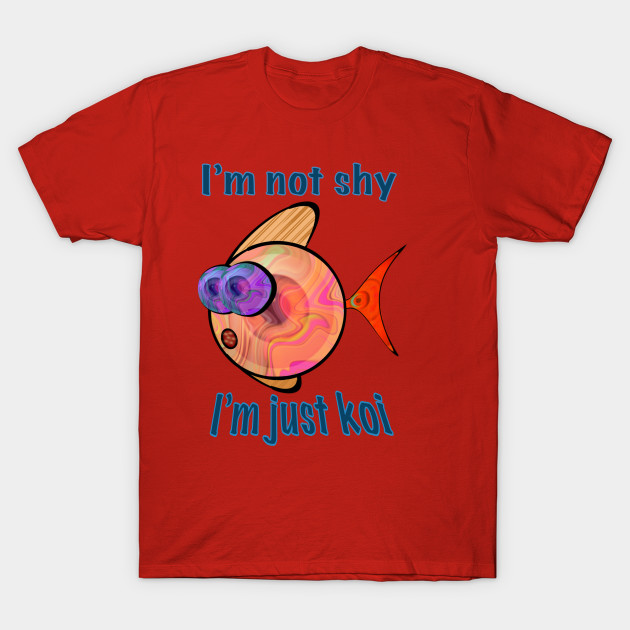


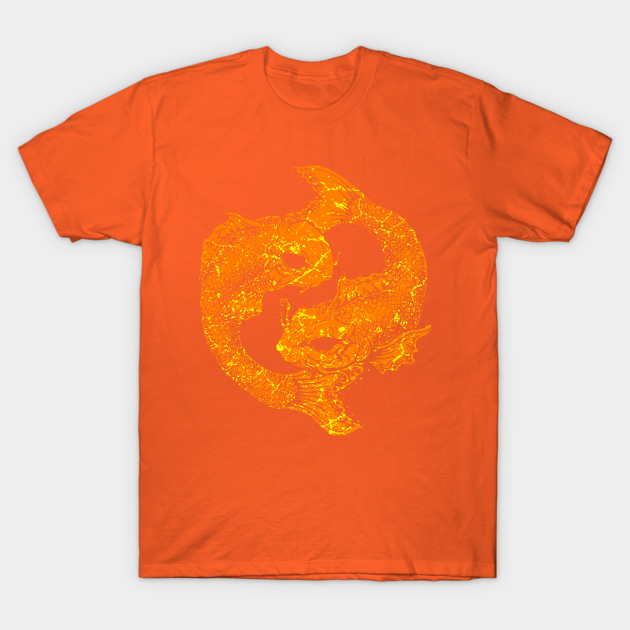


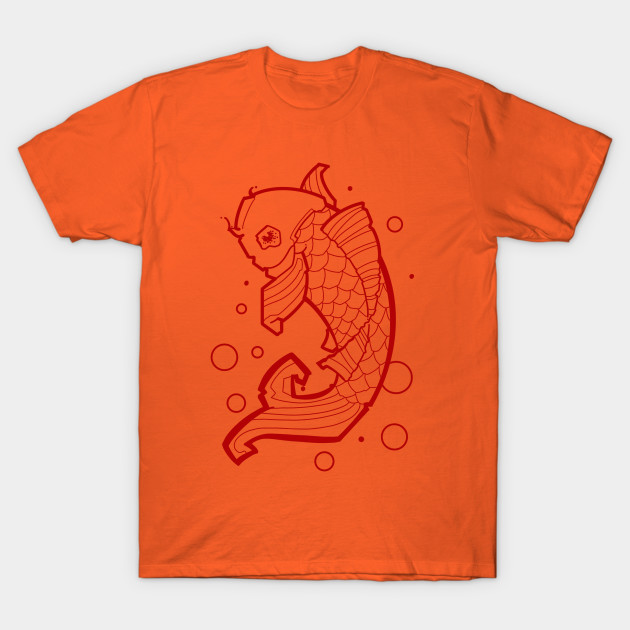


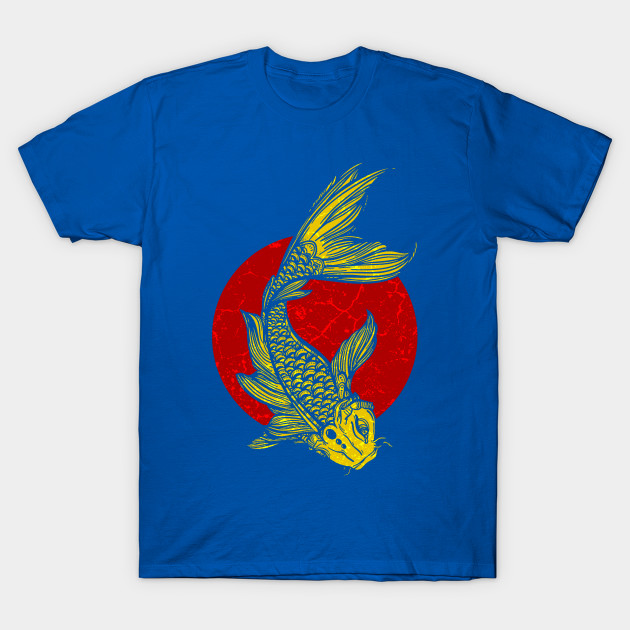





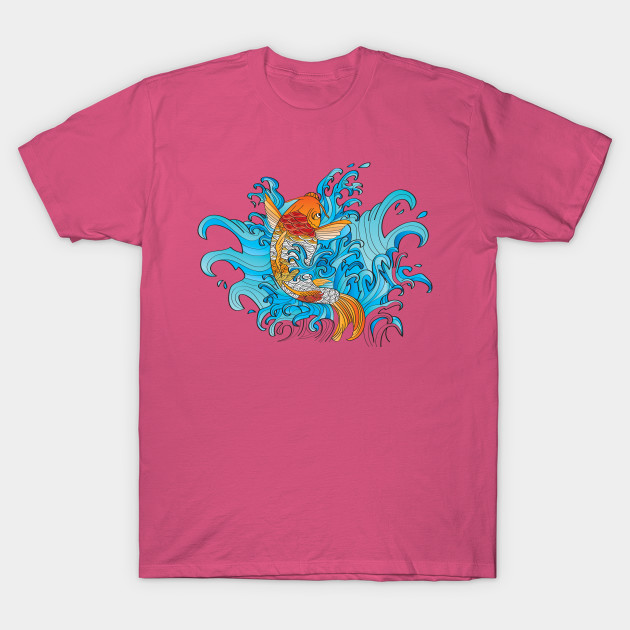










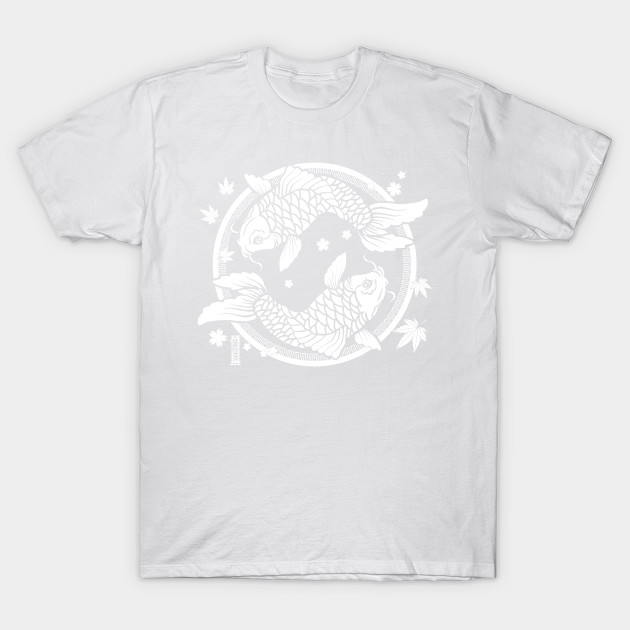








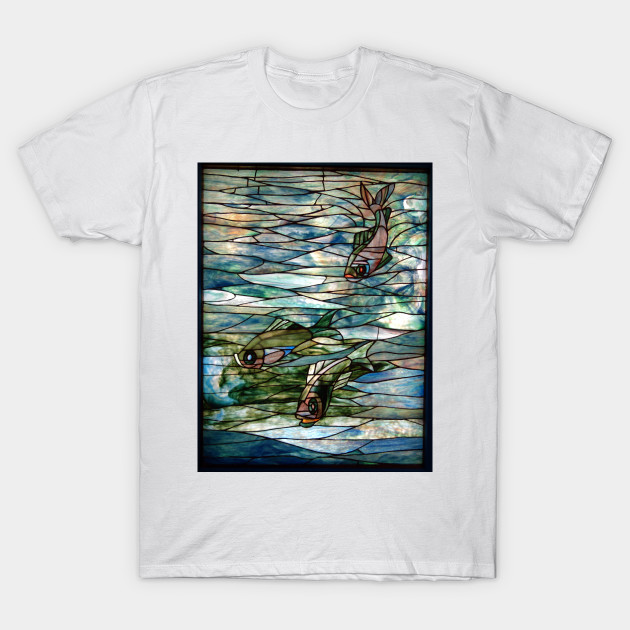







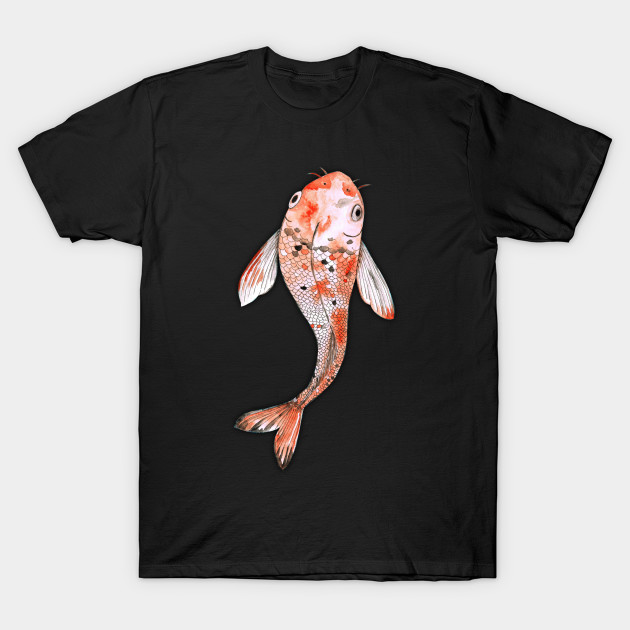

















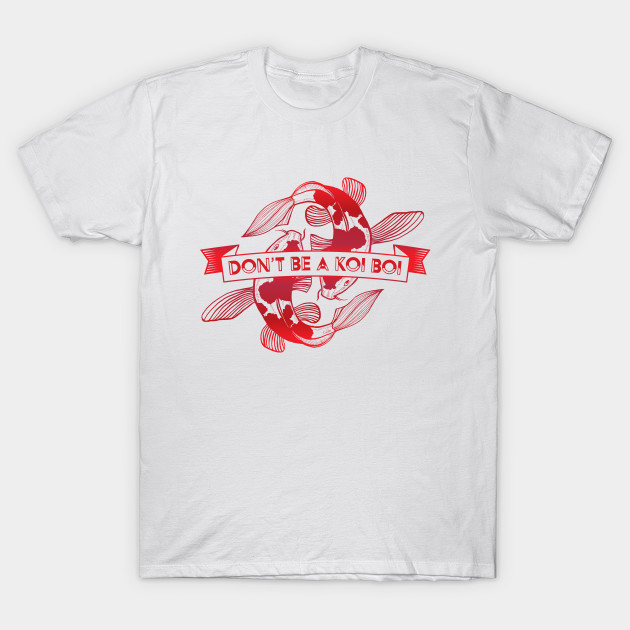
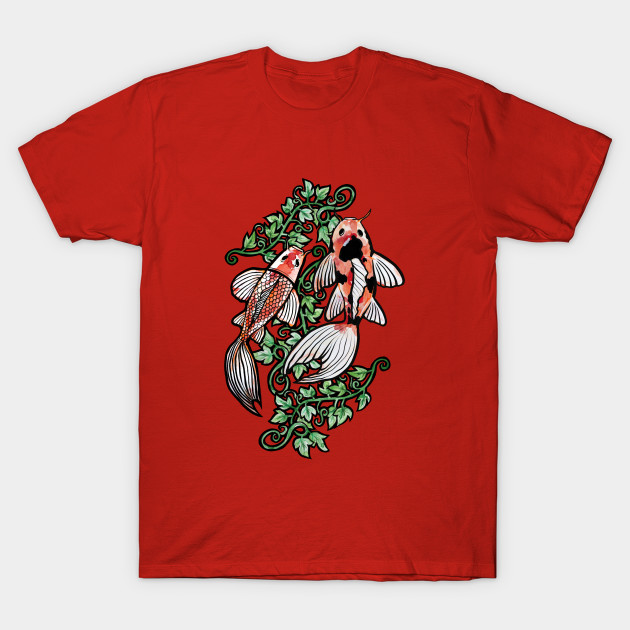






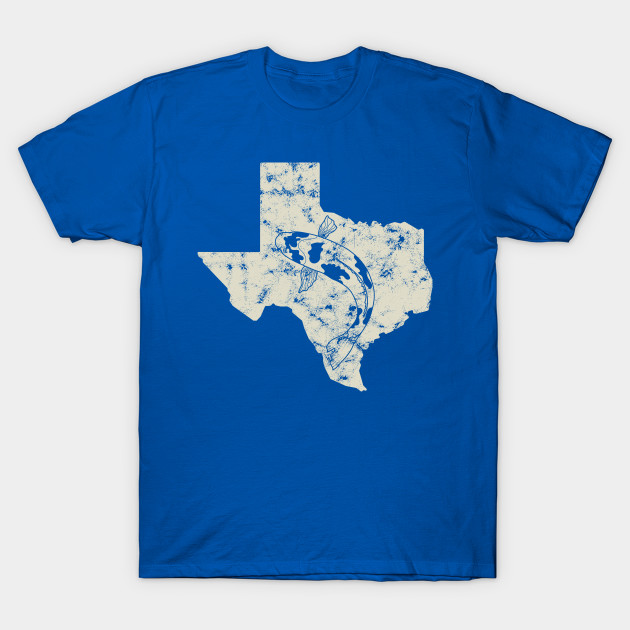





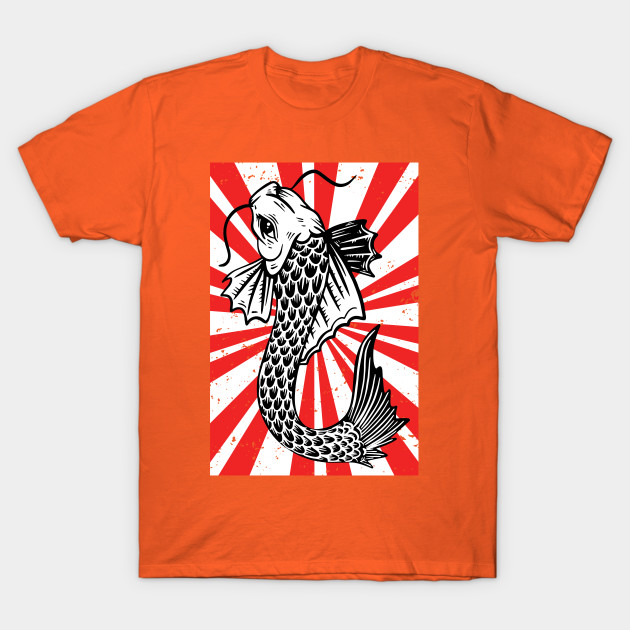



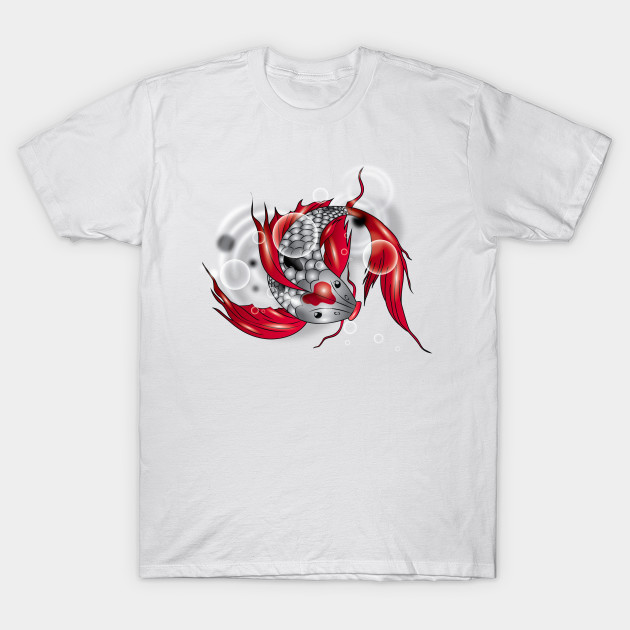








































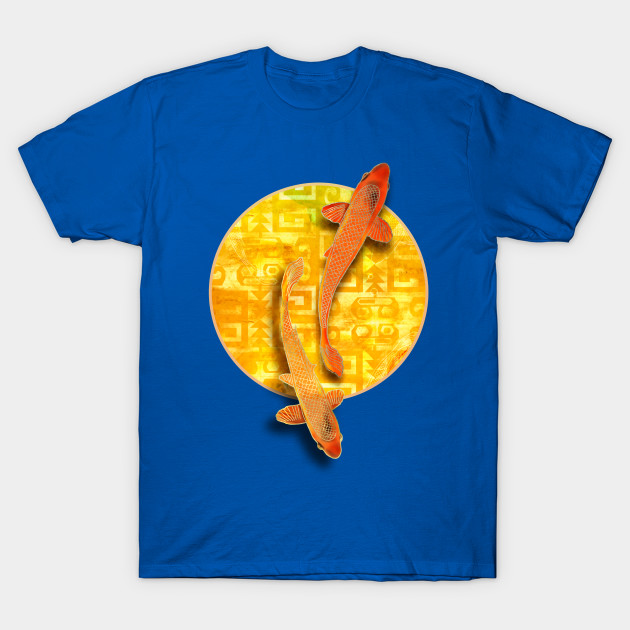

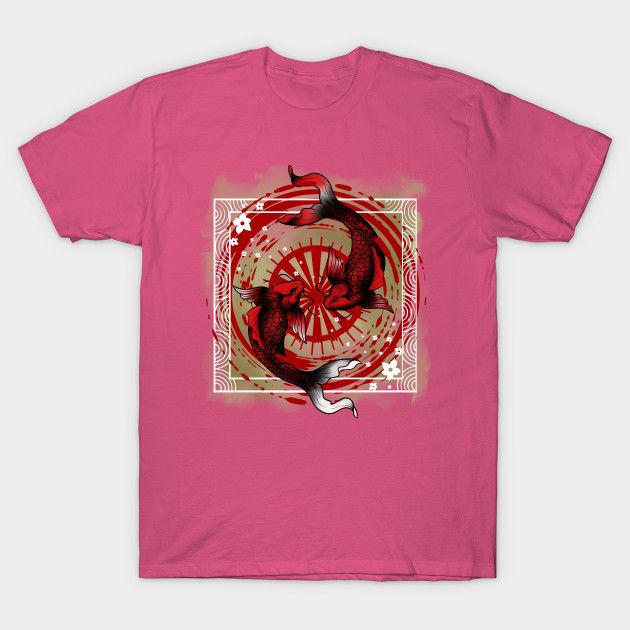









_w2i6khcr9m.jpg)







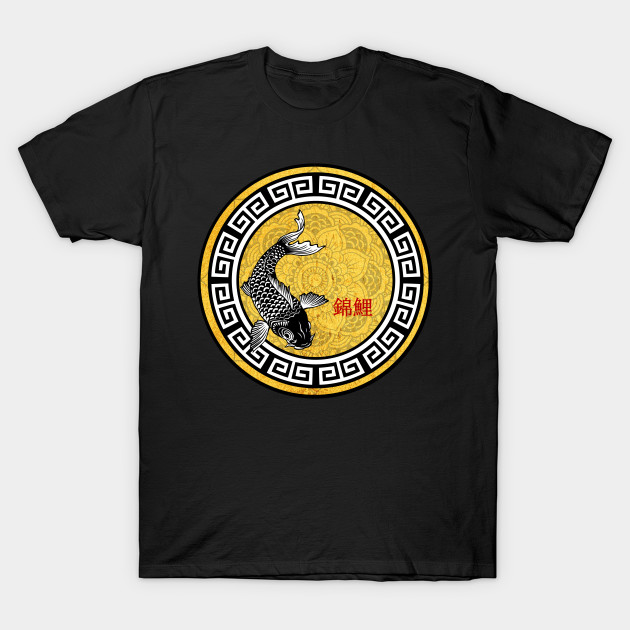






























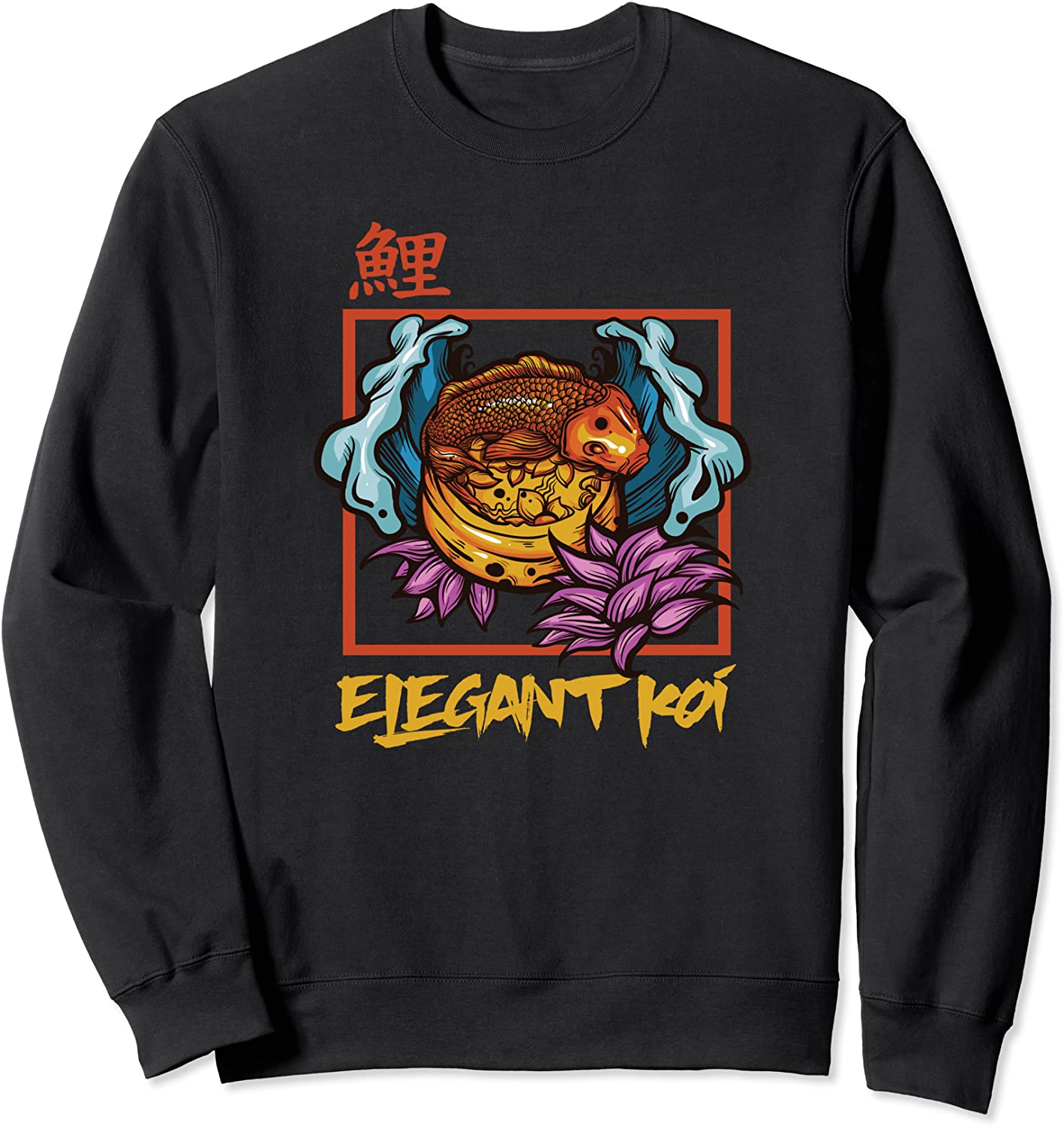




























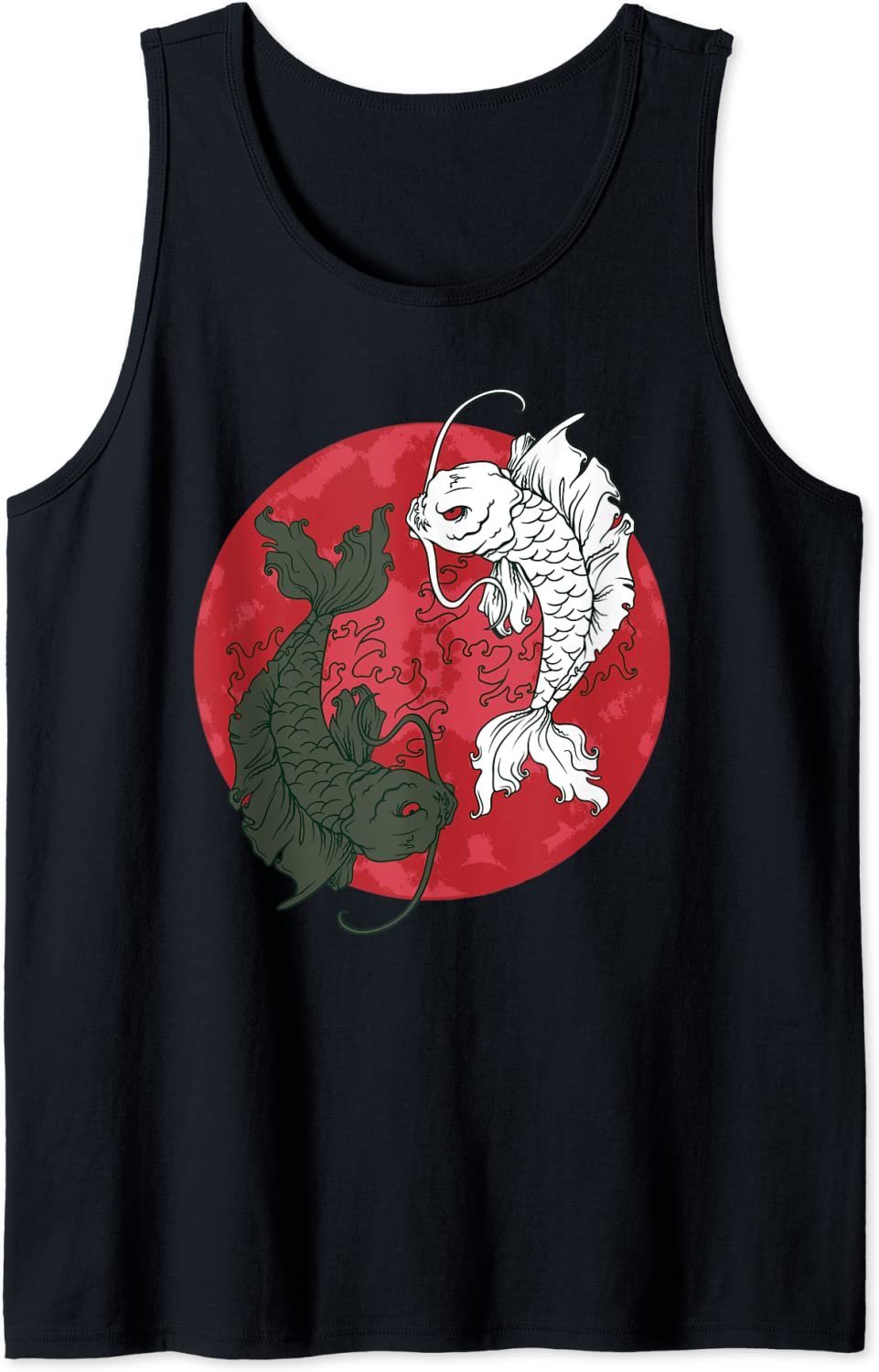



































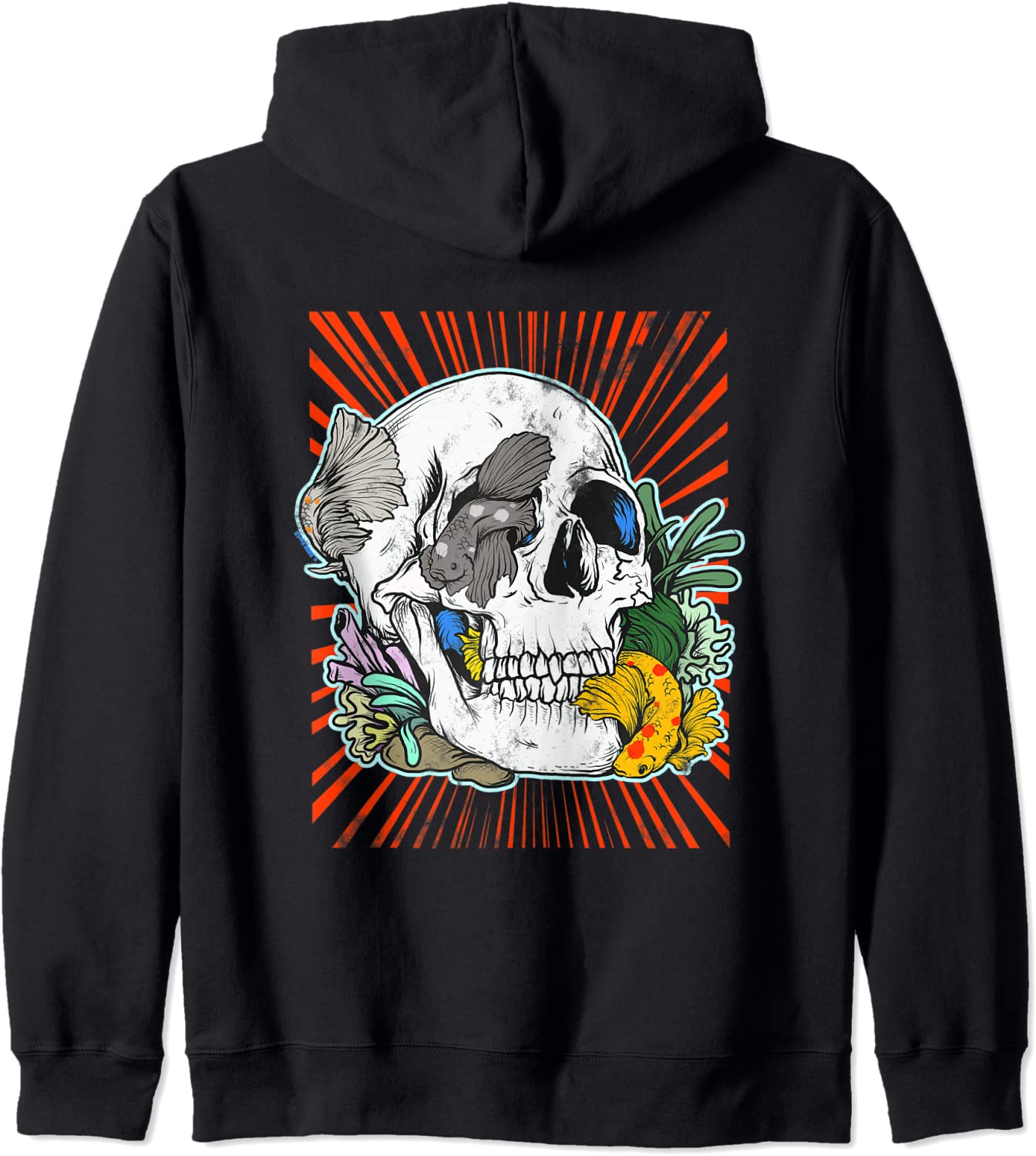




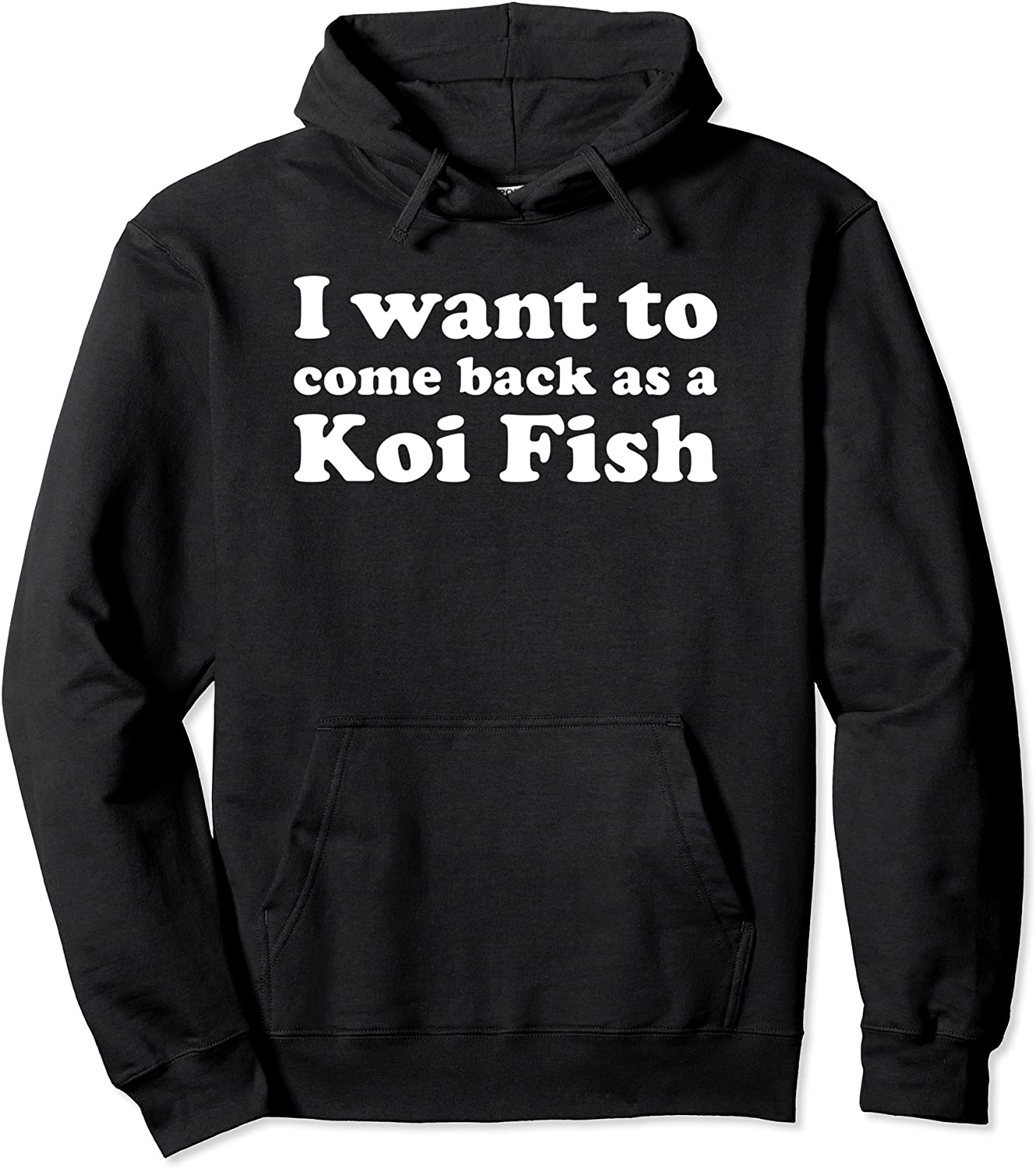





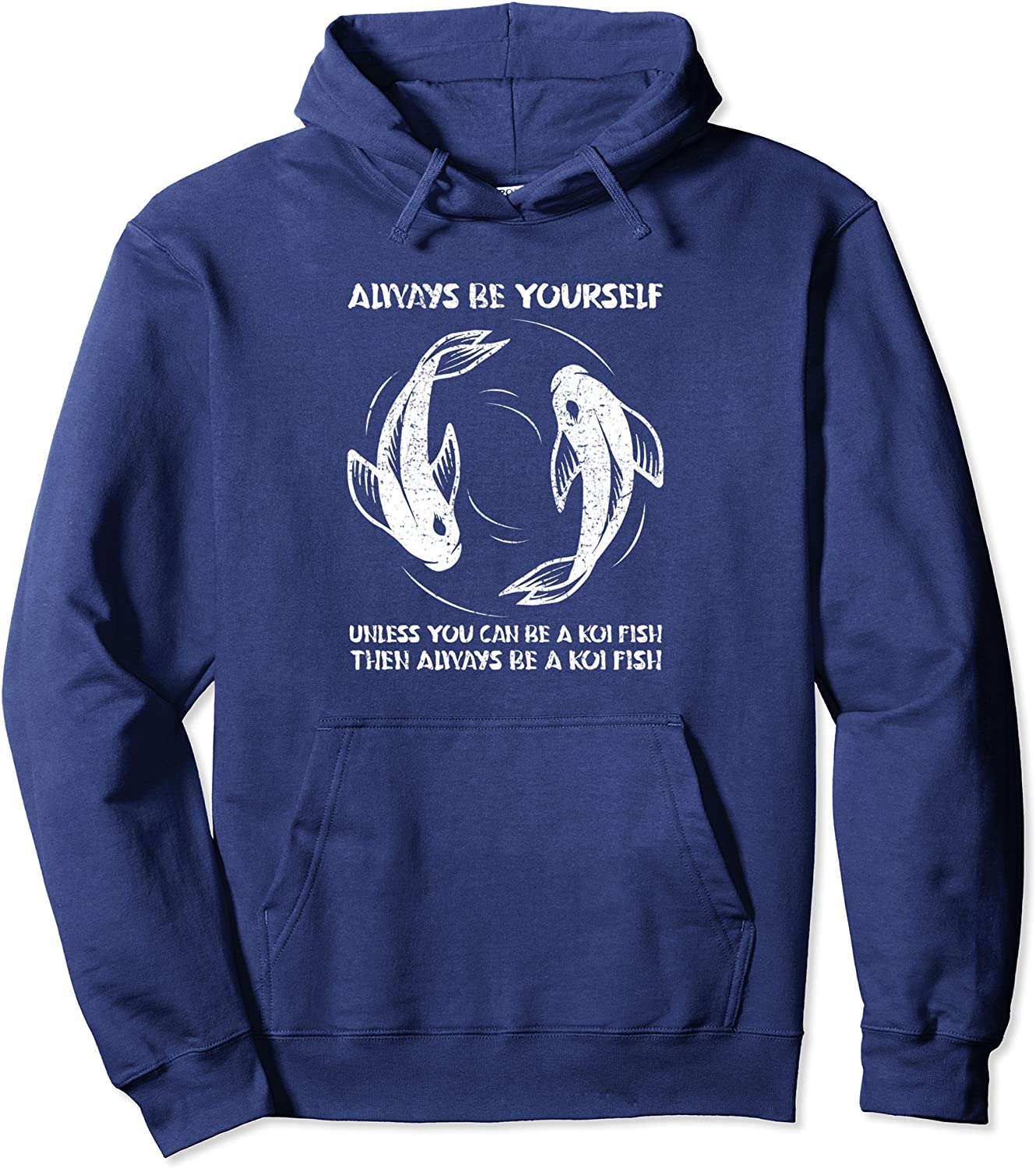






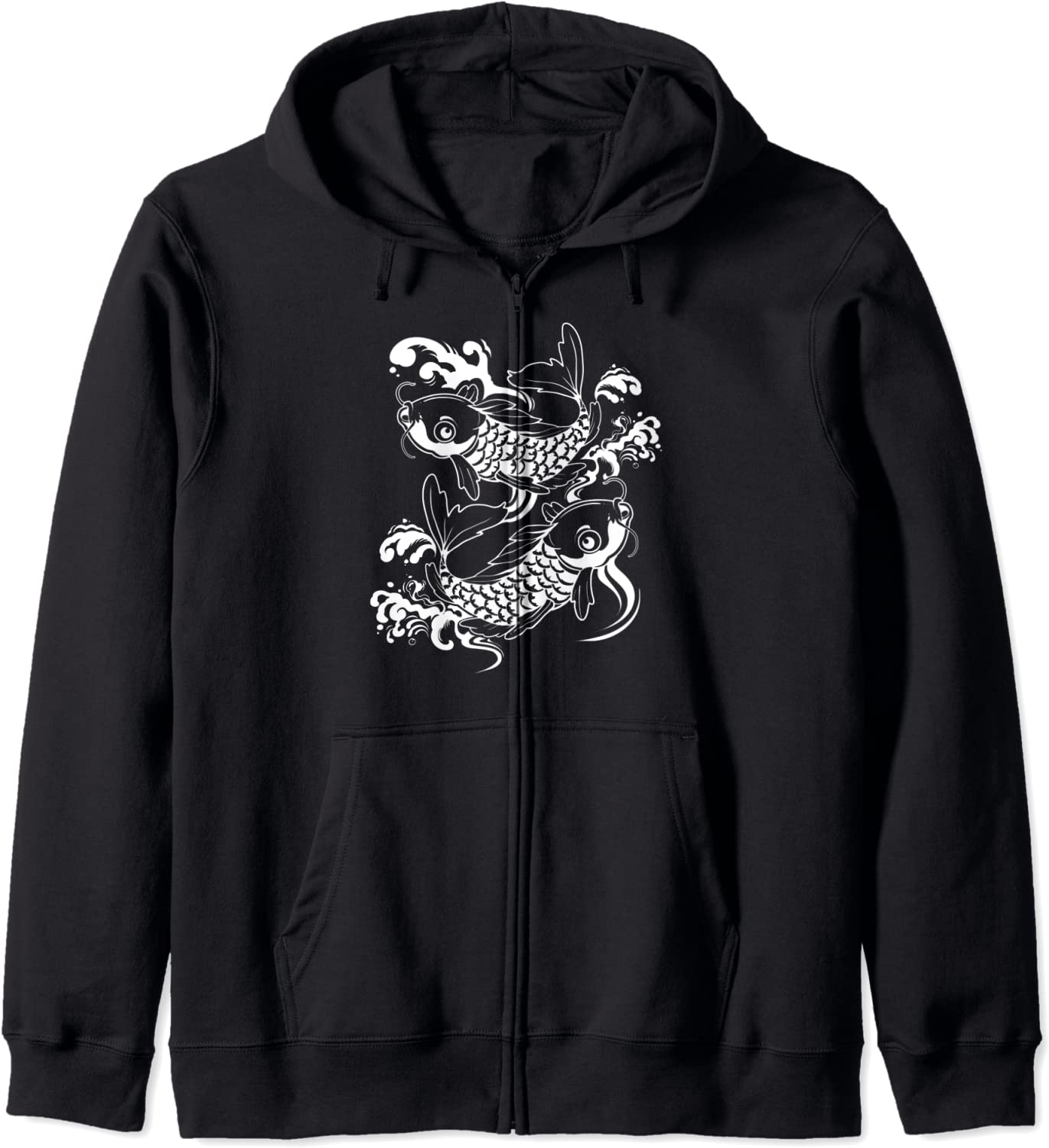

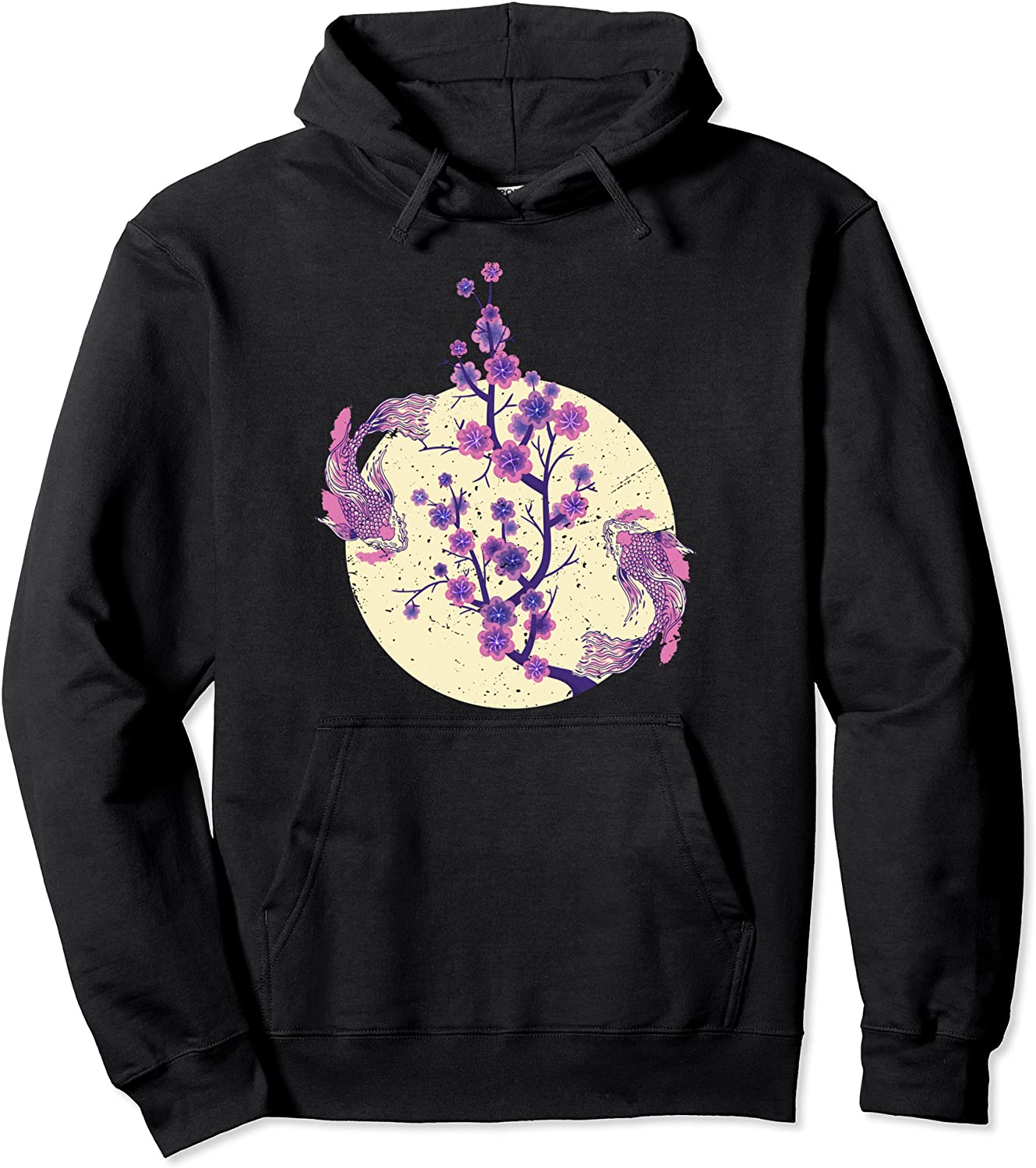





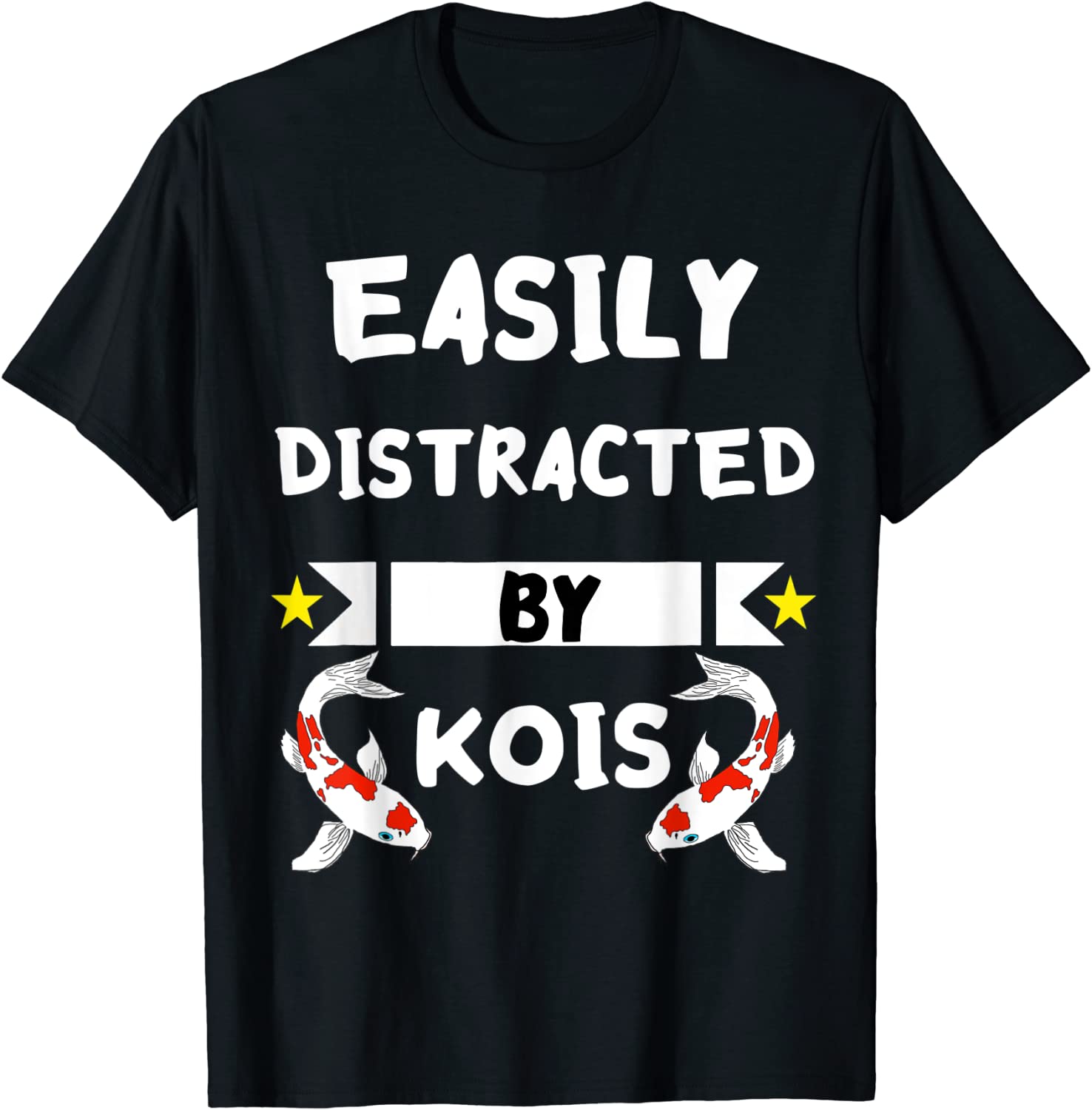





















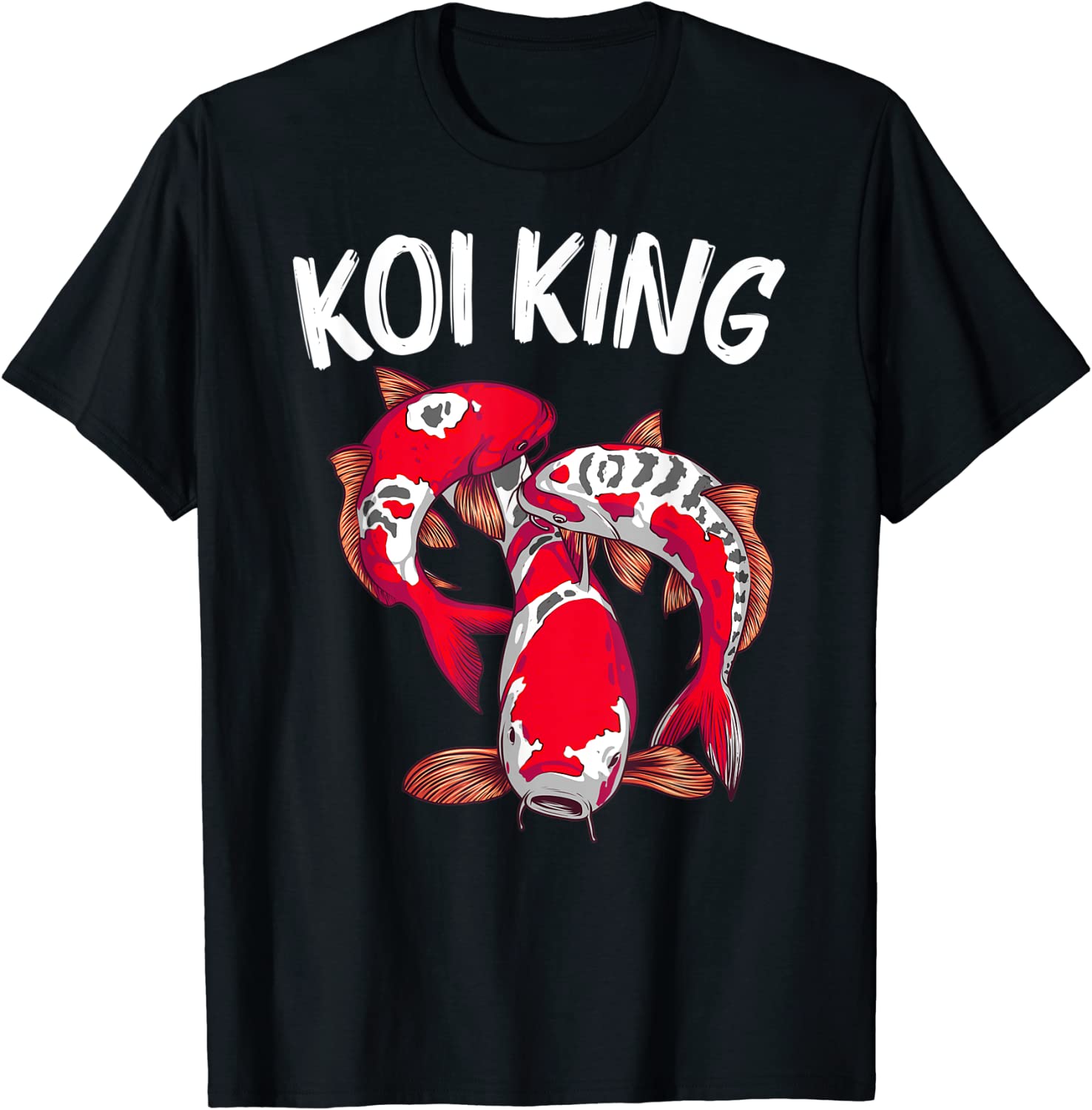

















































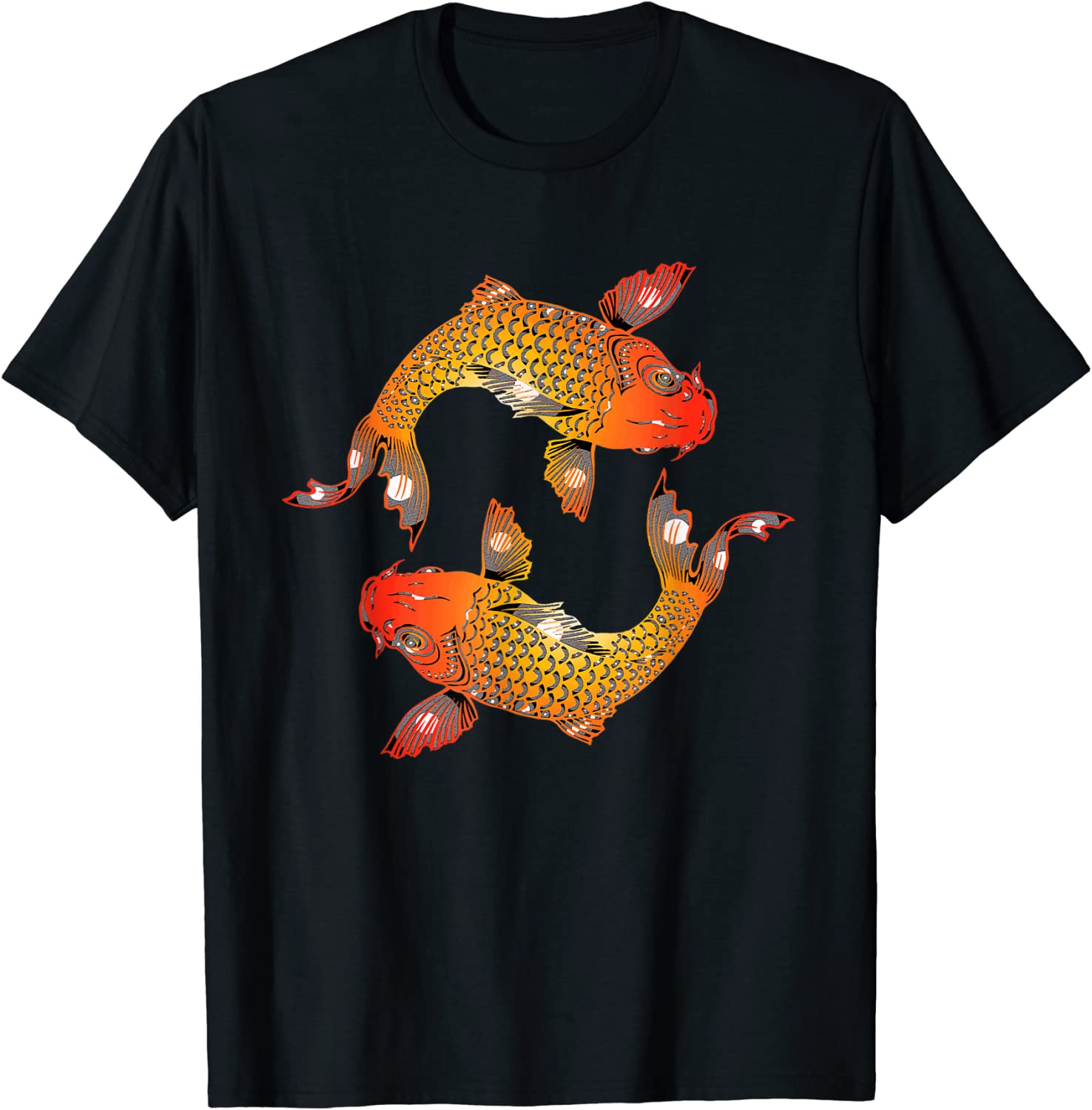
_jhlqxe1iad.jpg)




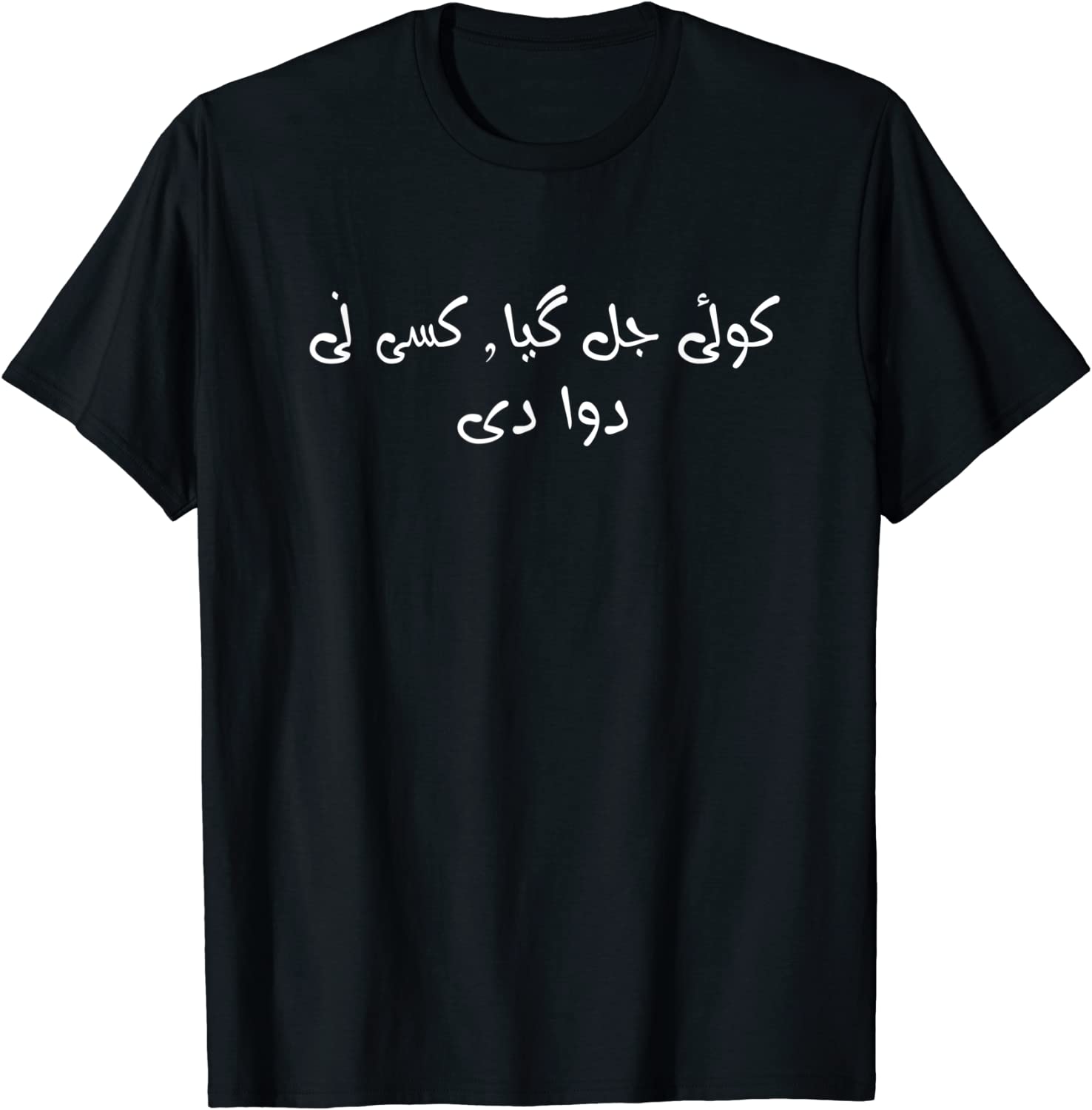


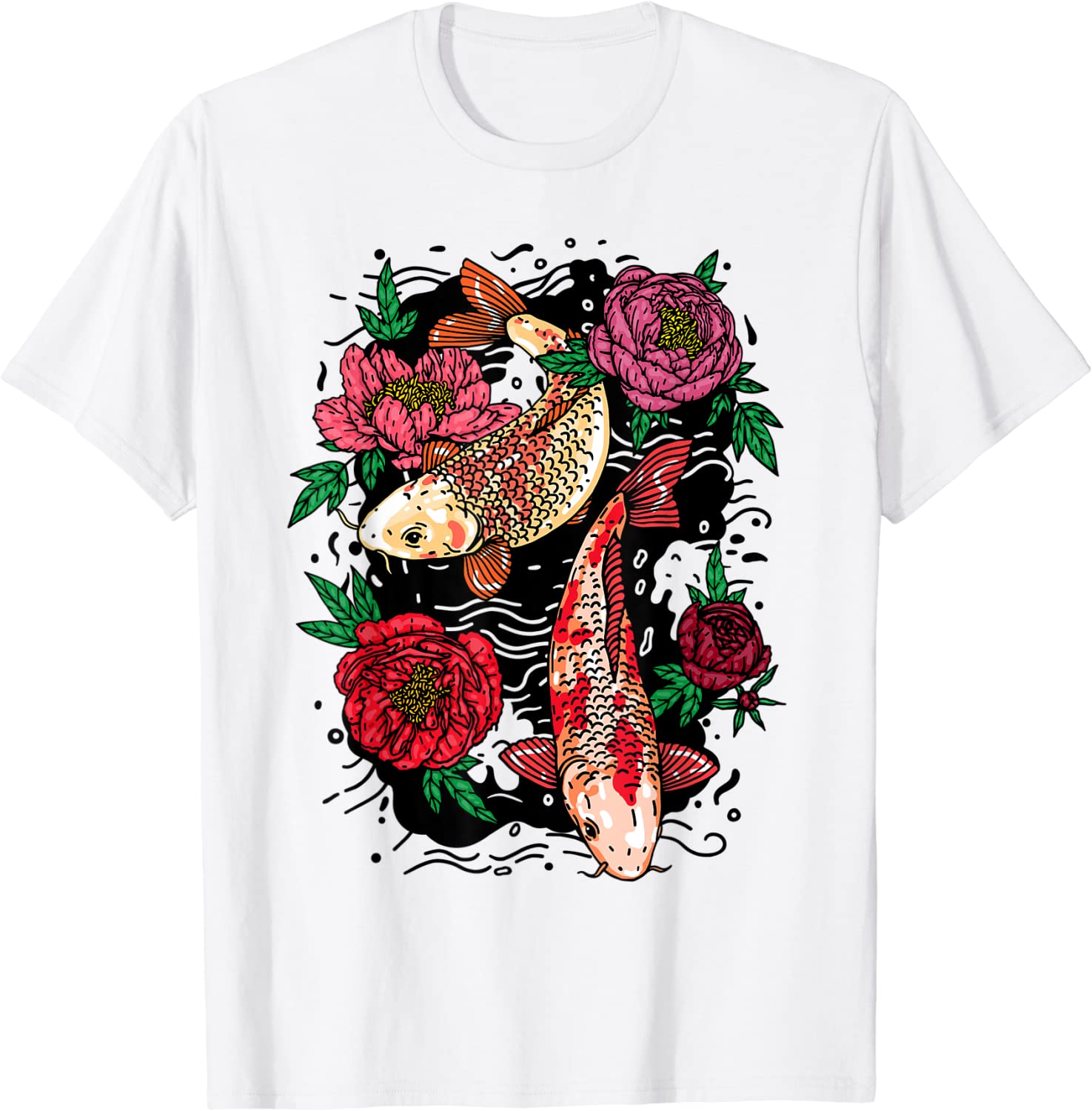












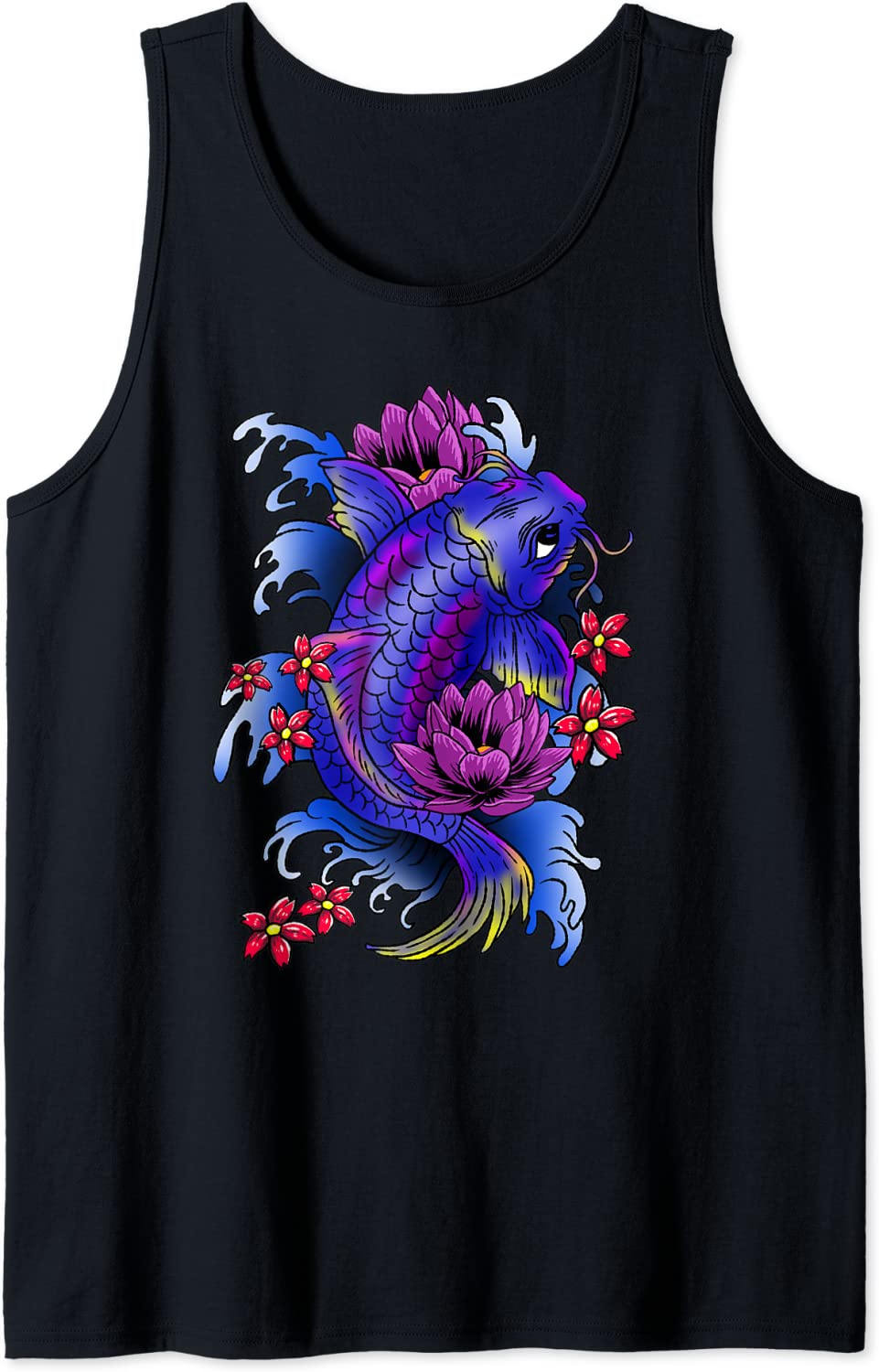


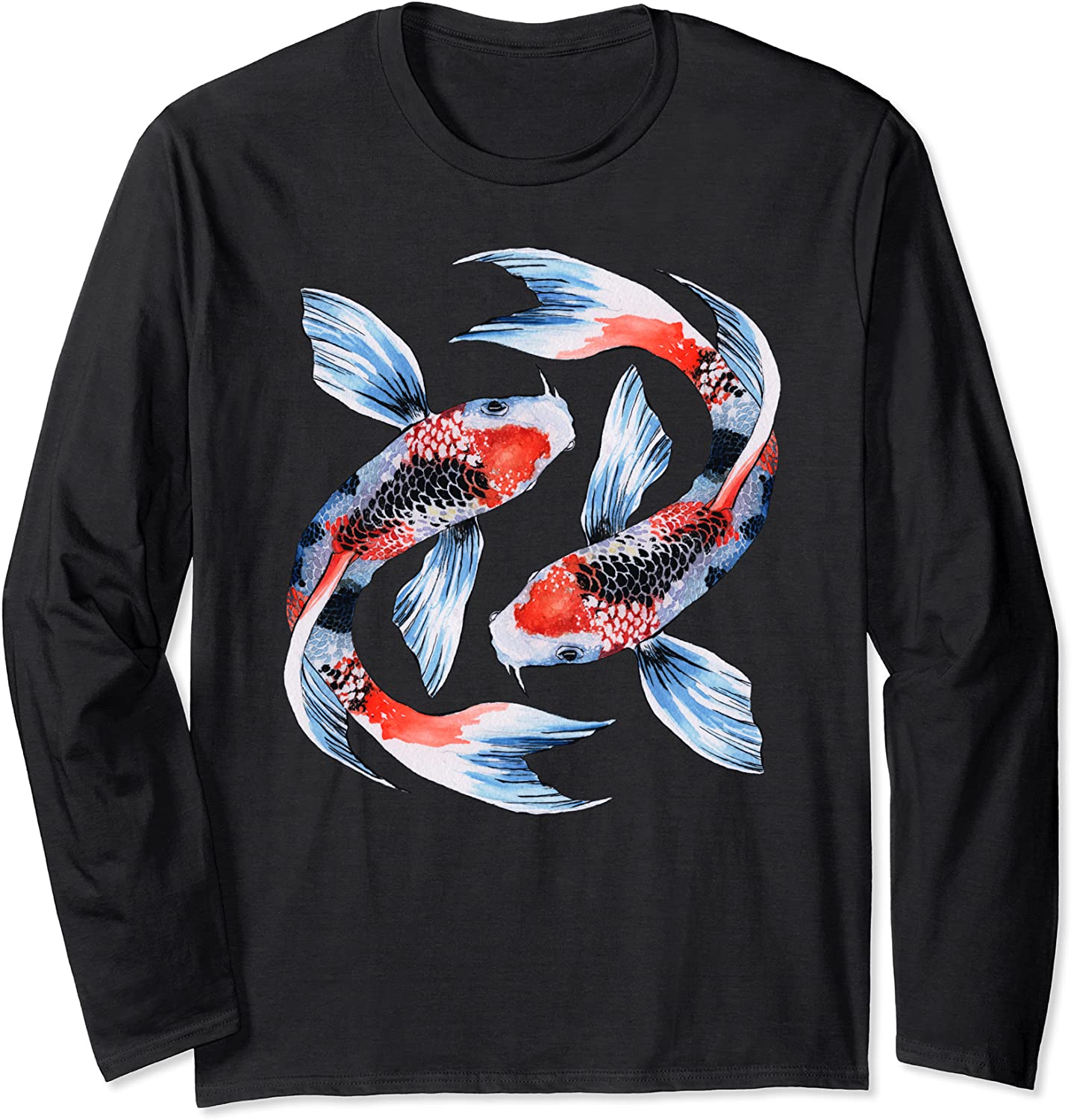
























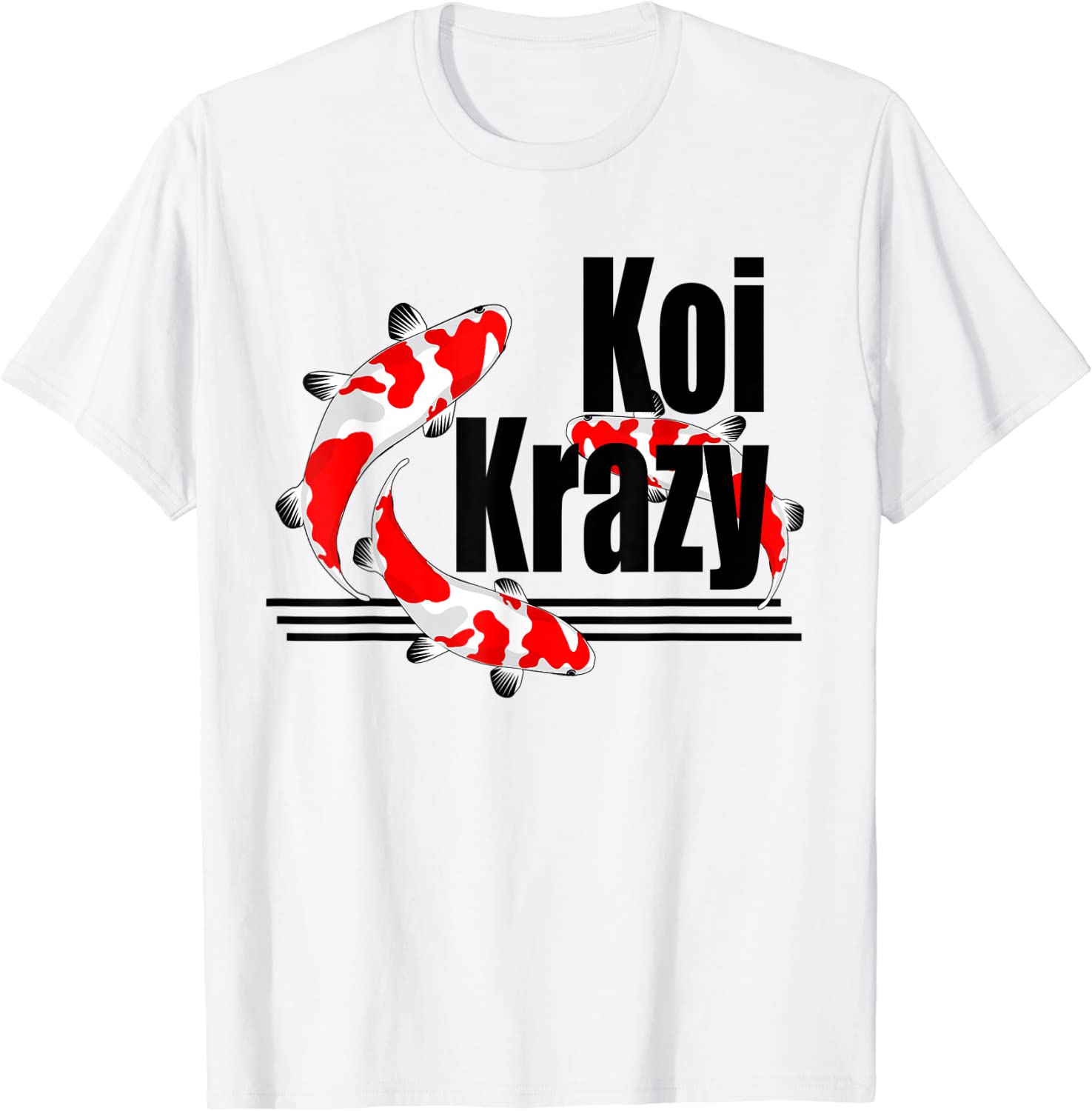




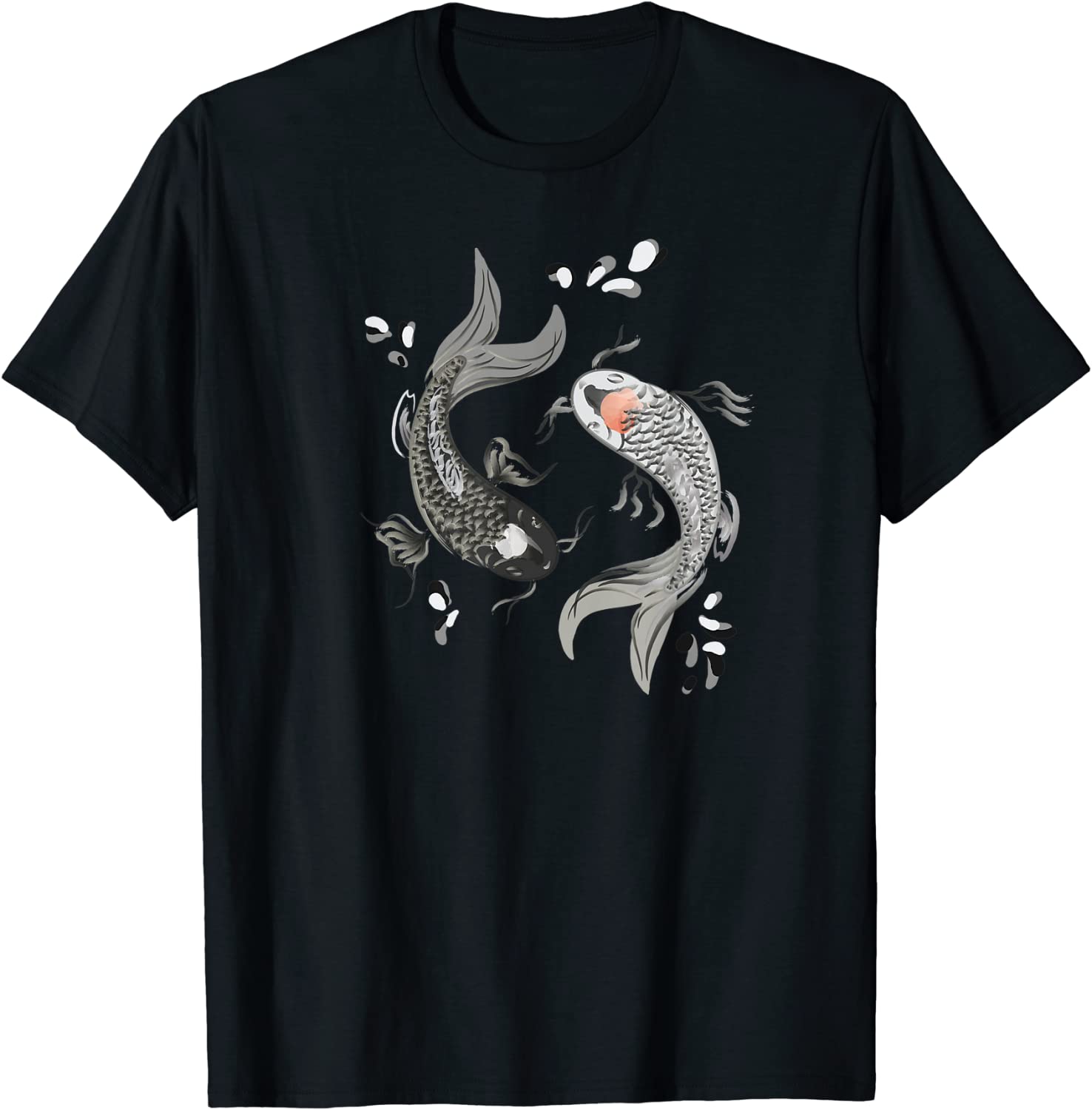





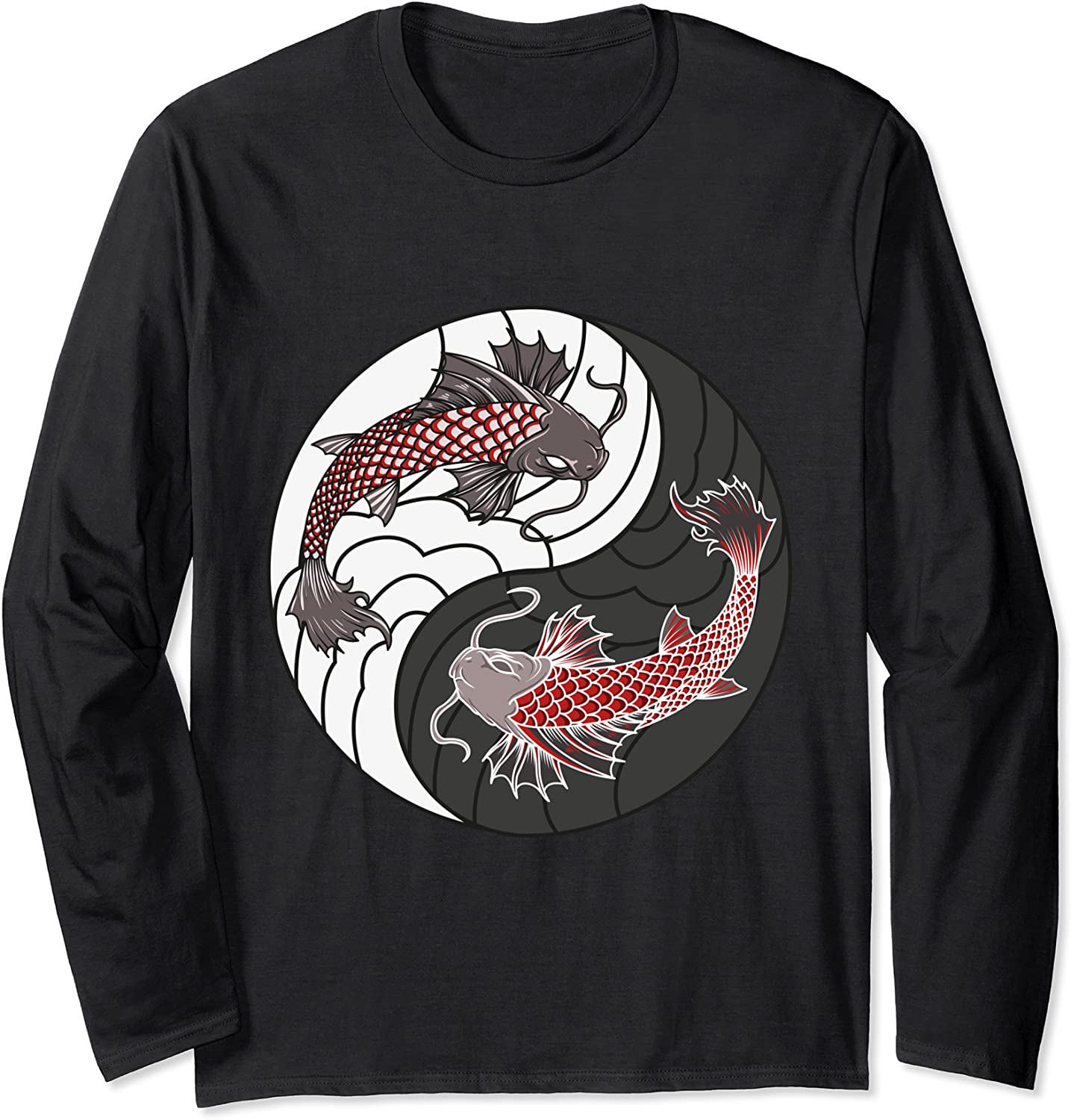
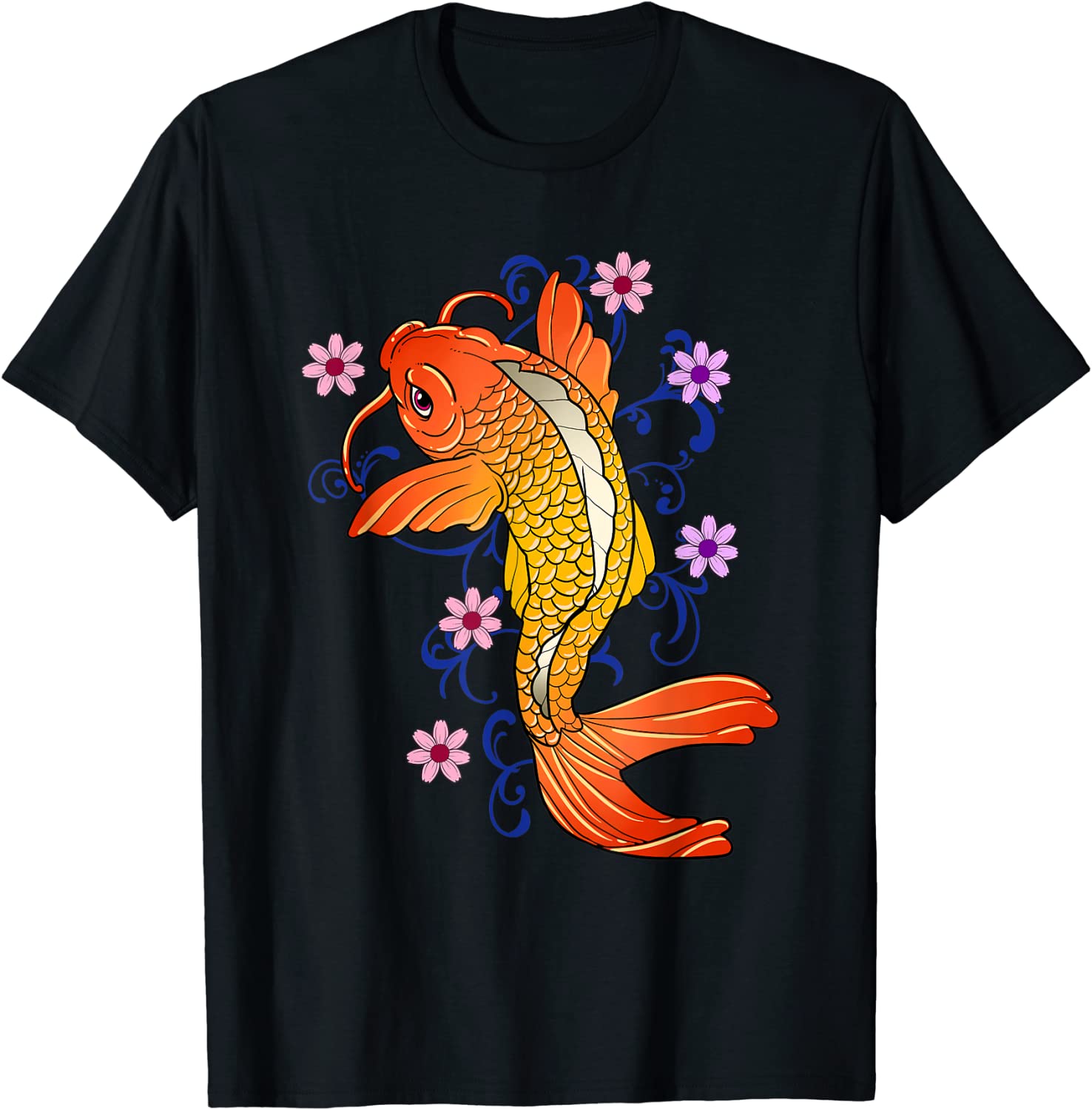





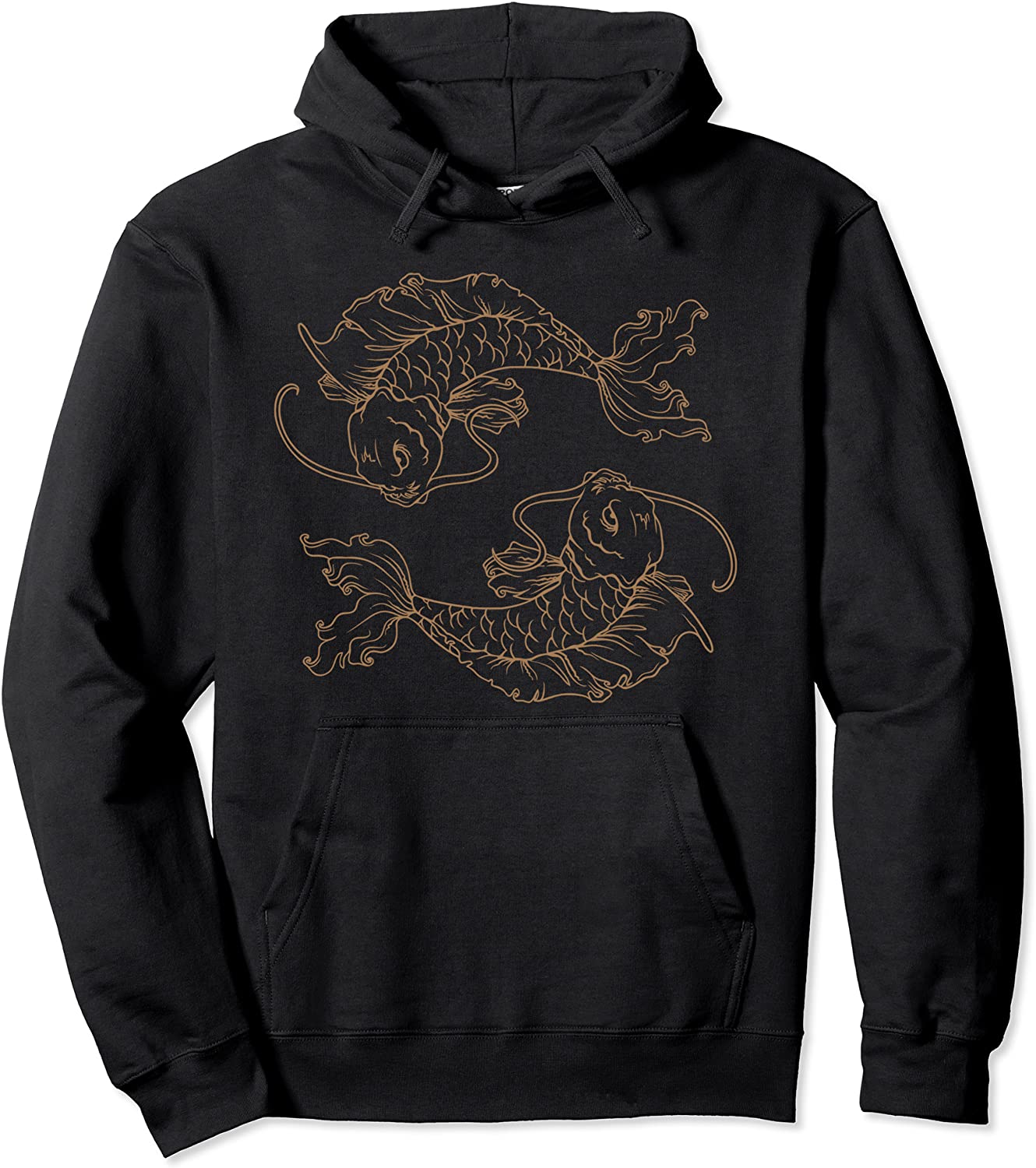

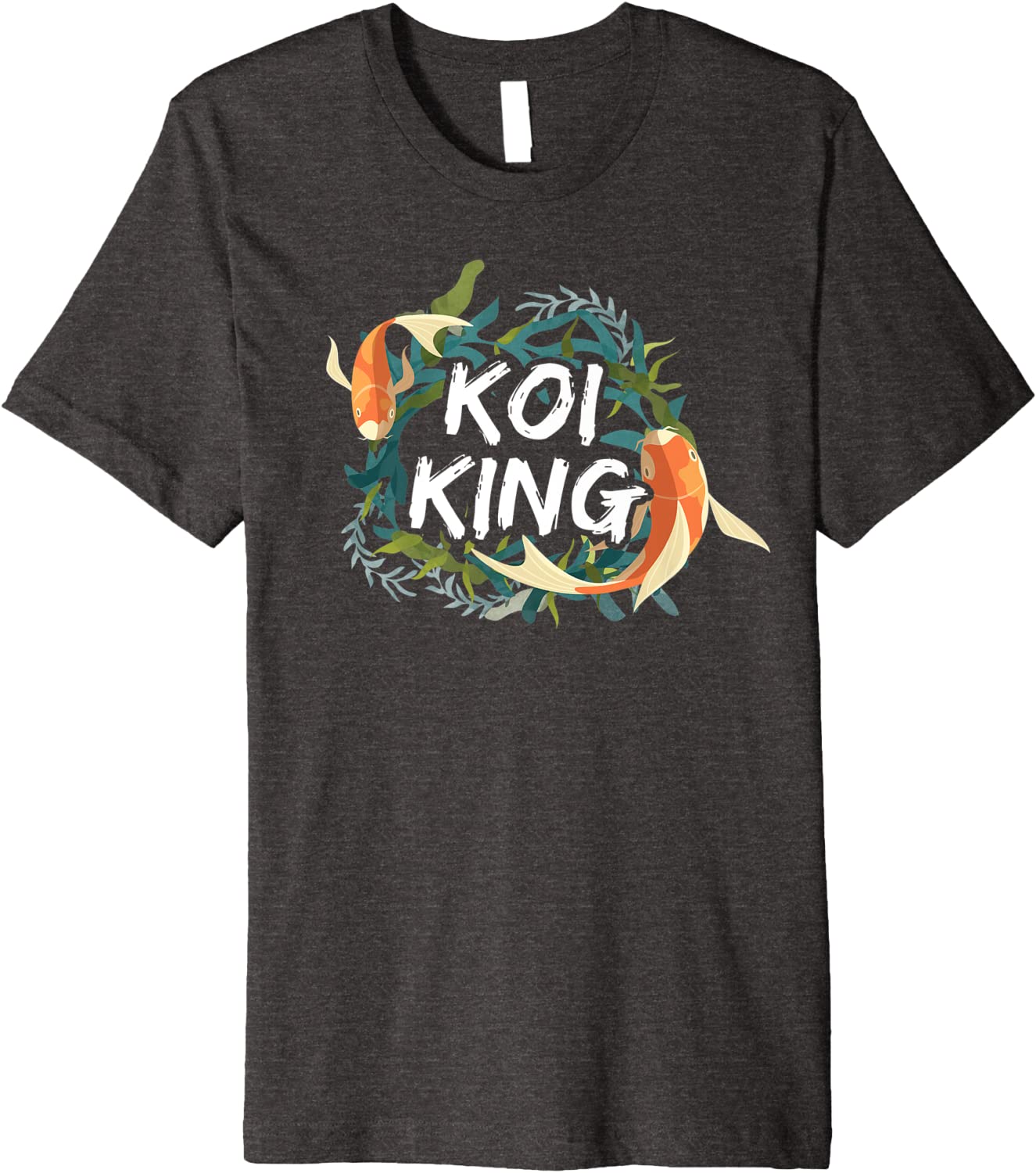


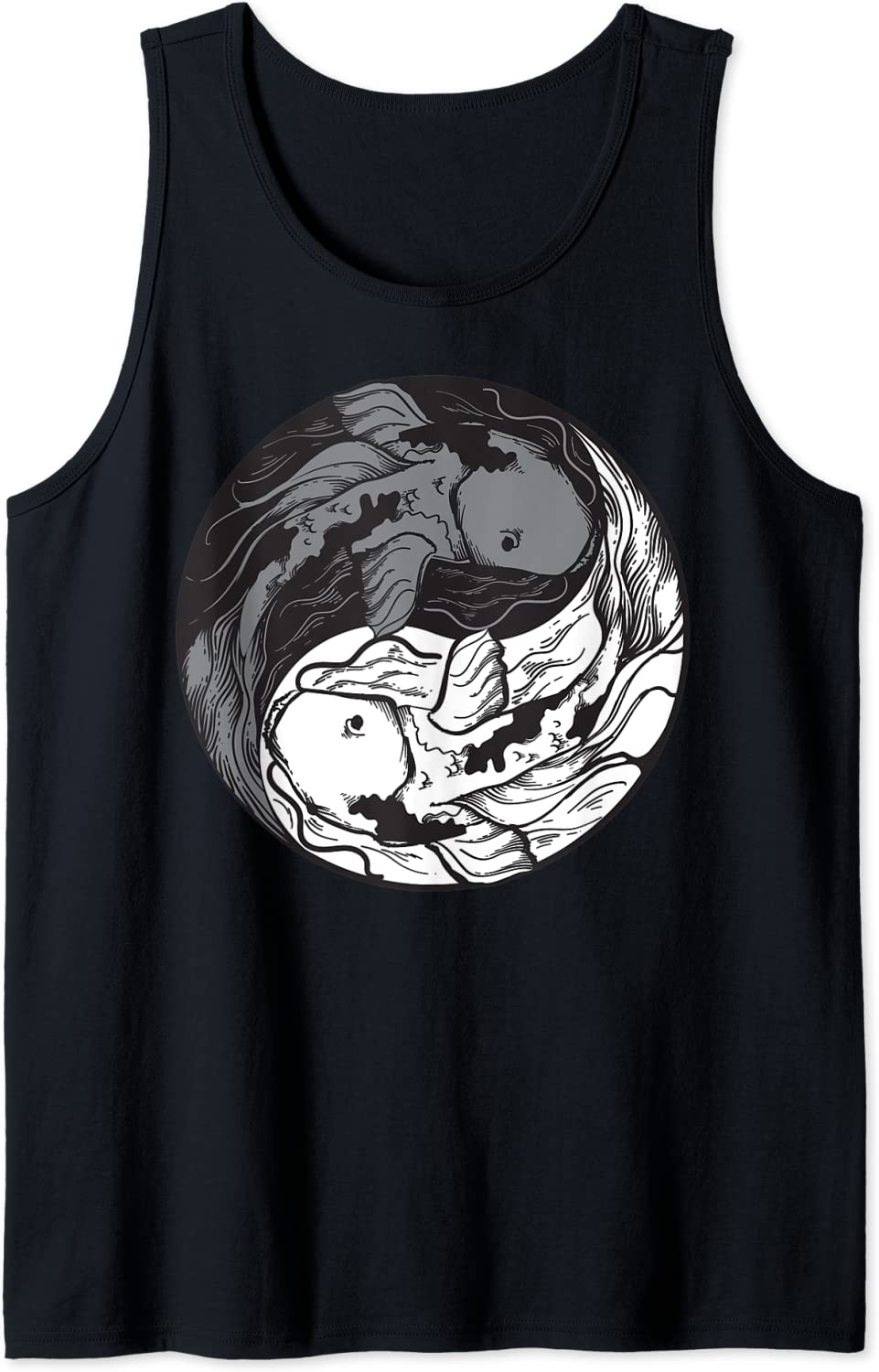

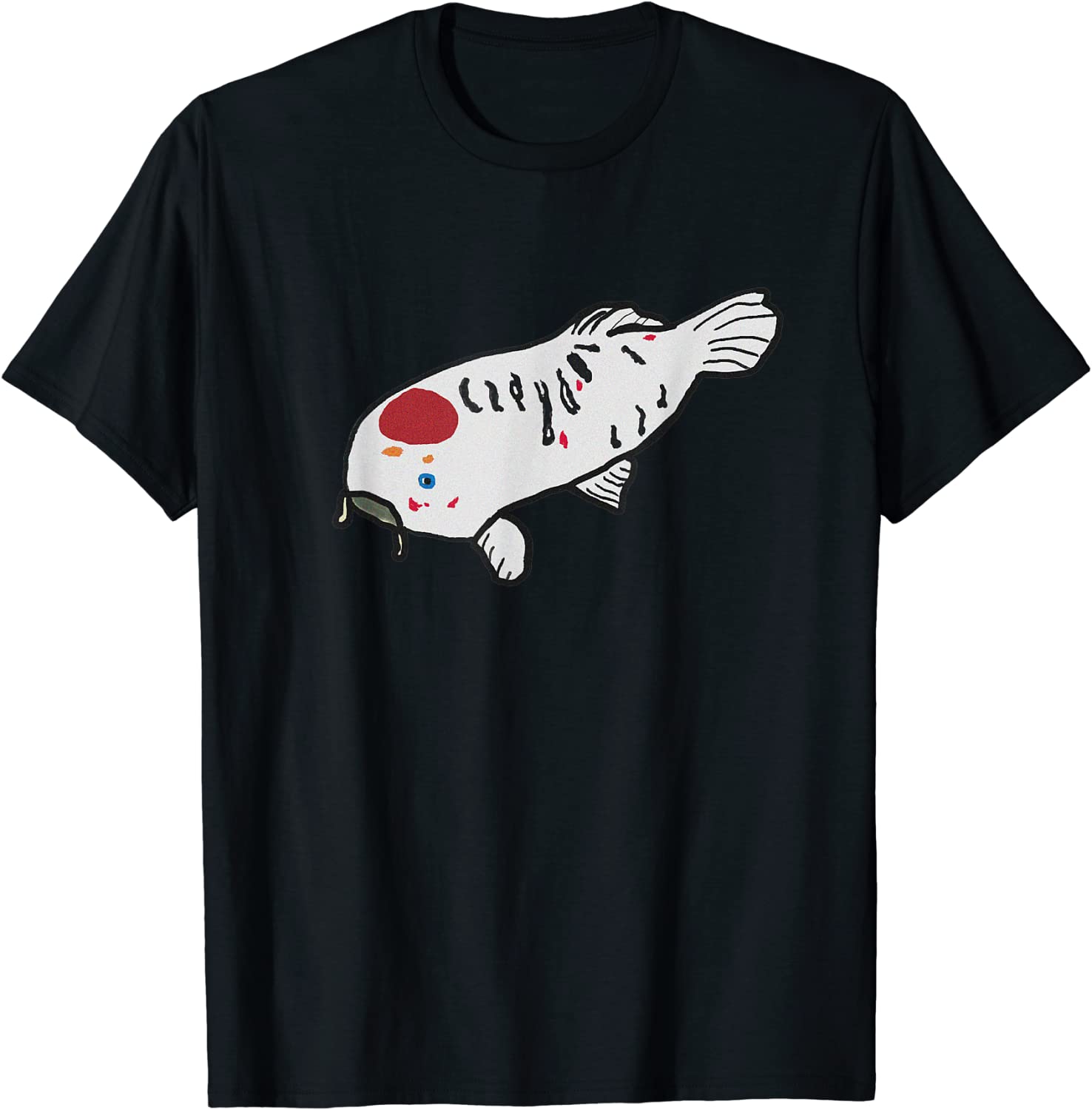











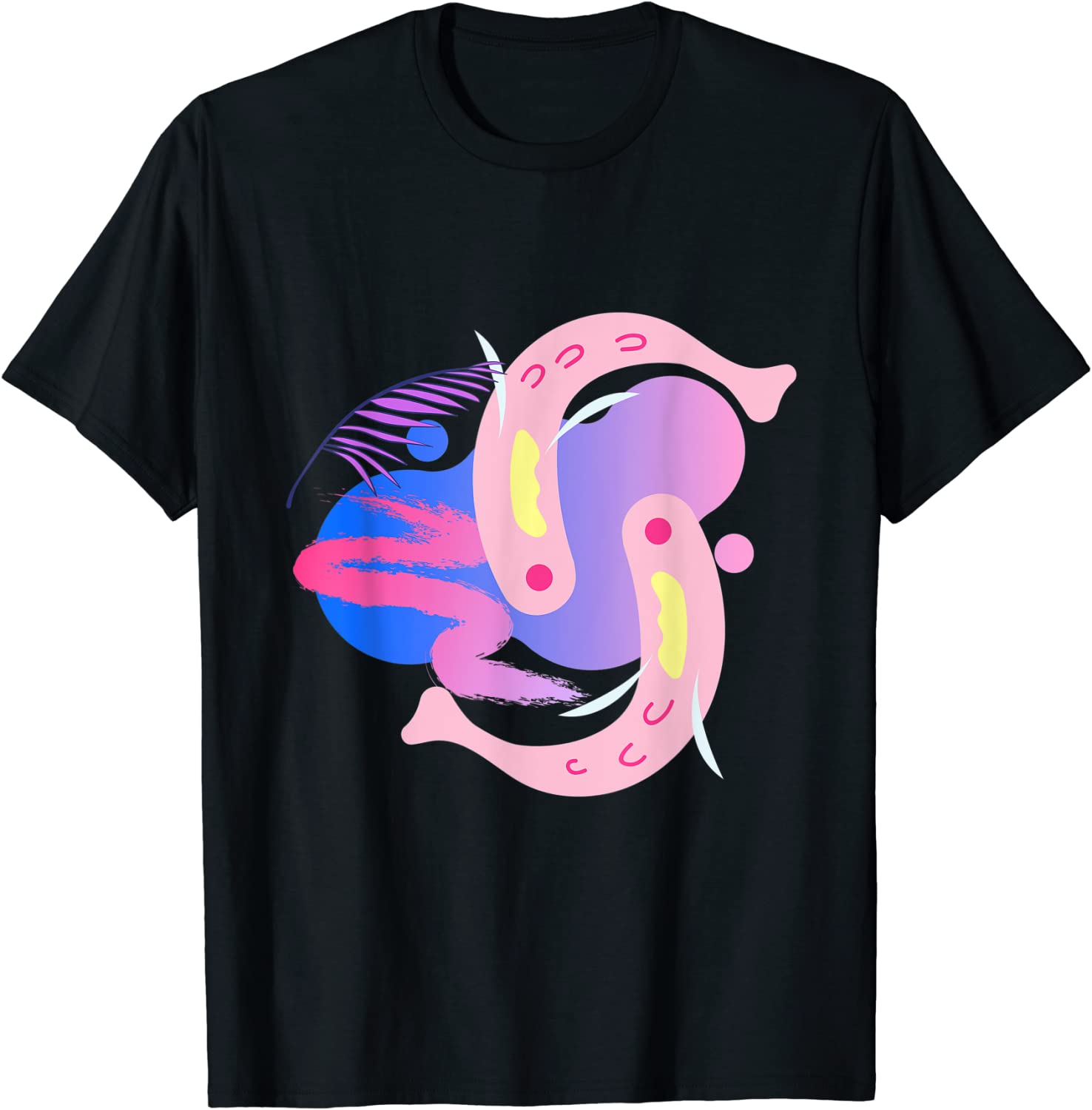


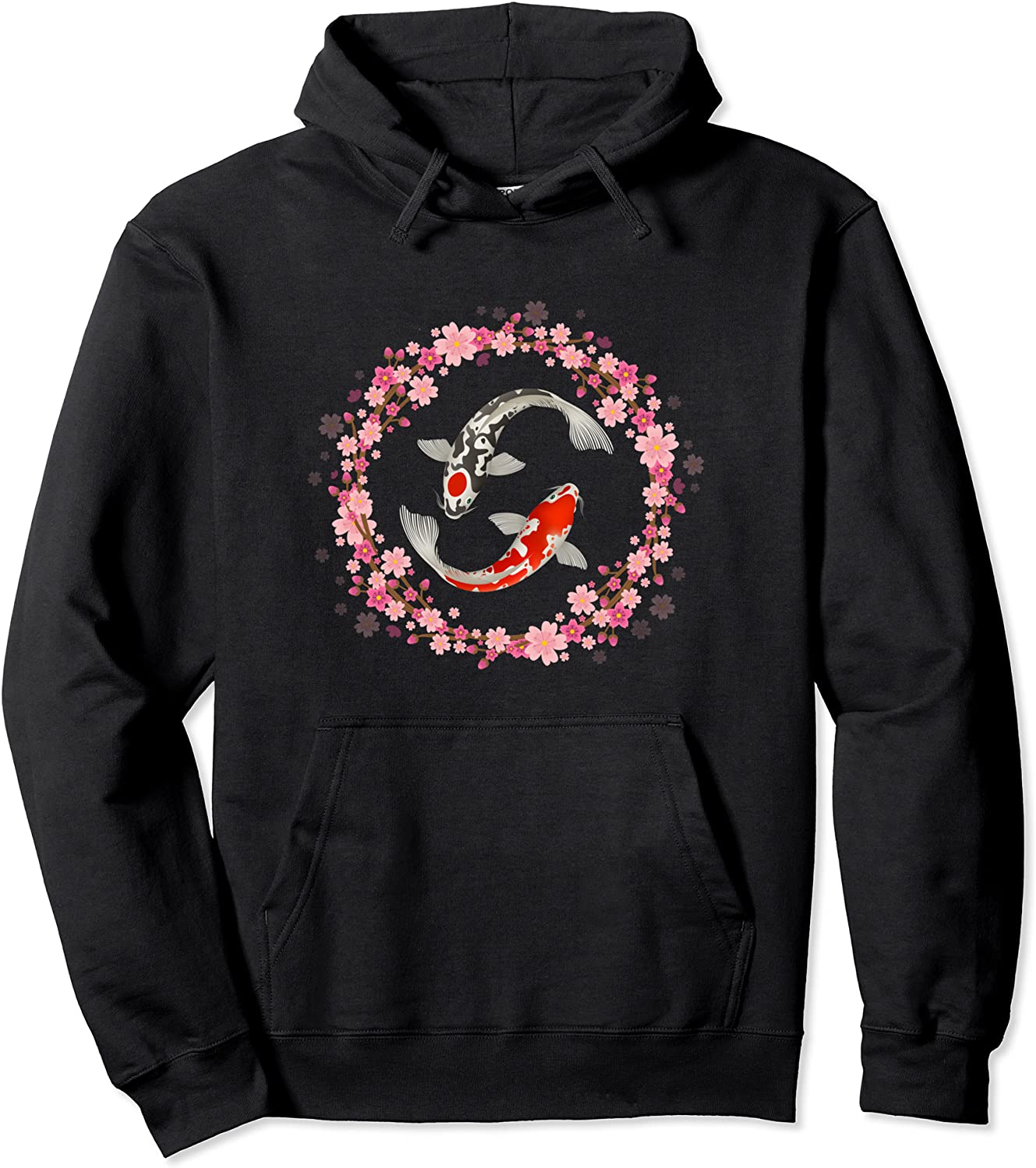



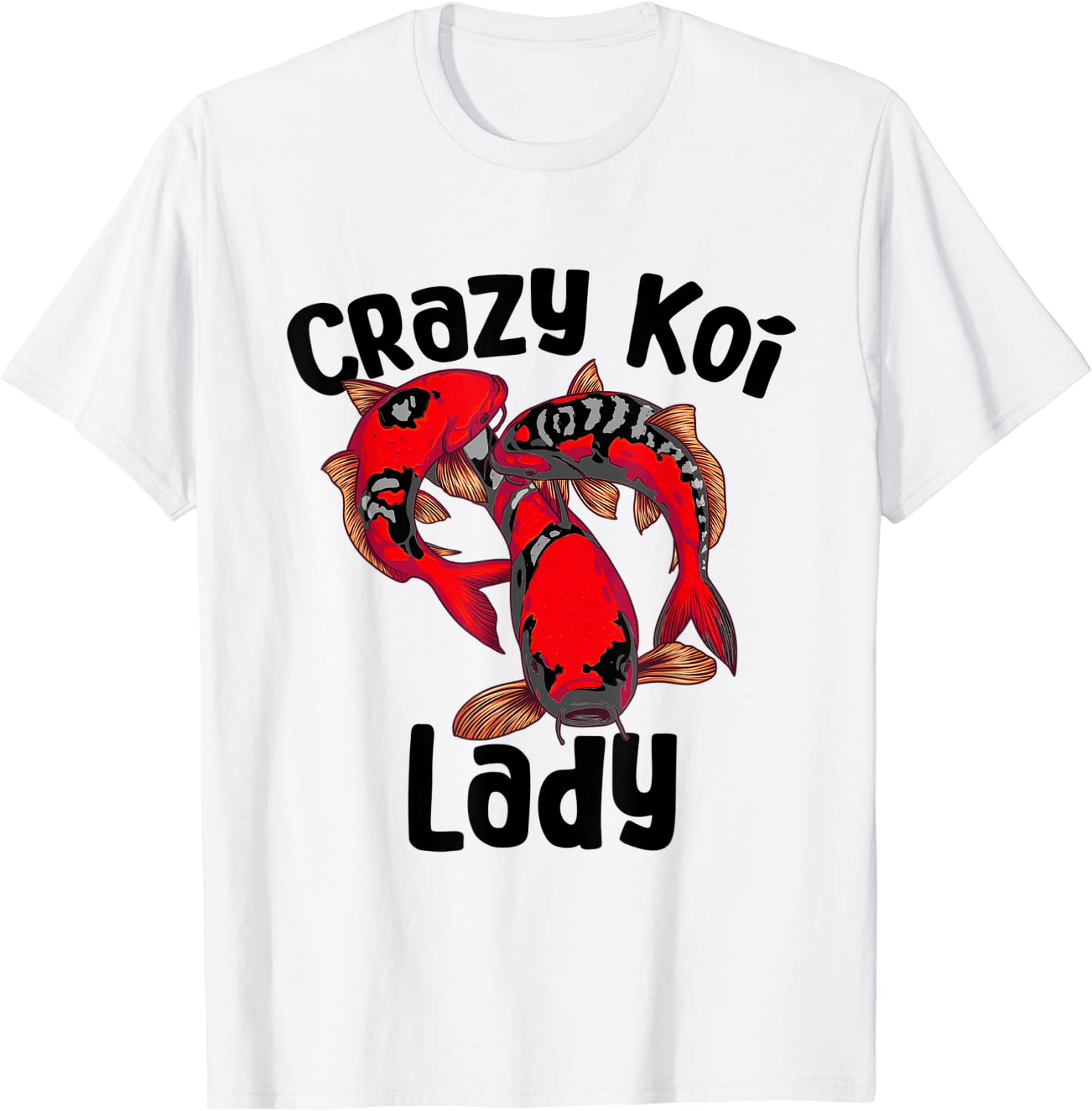





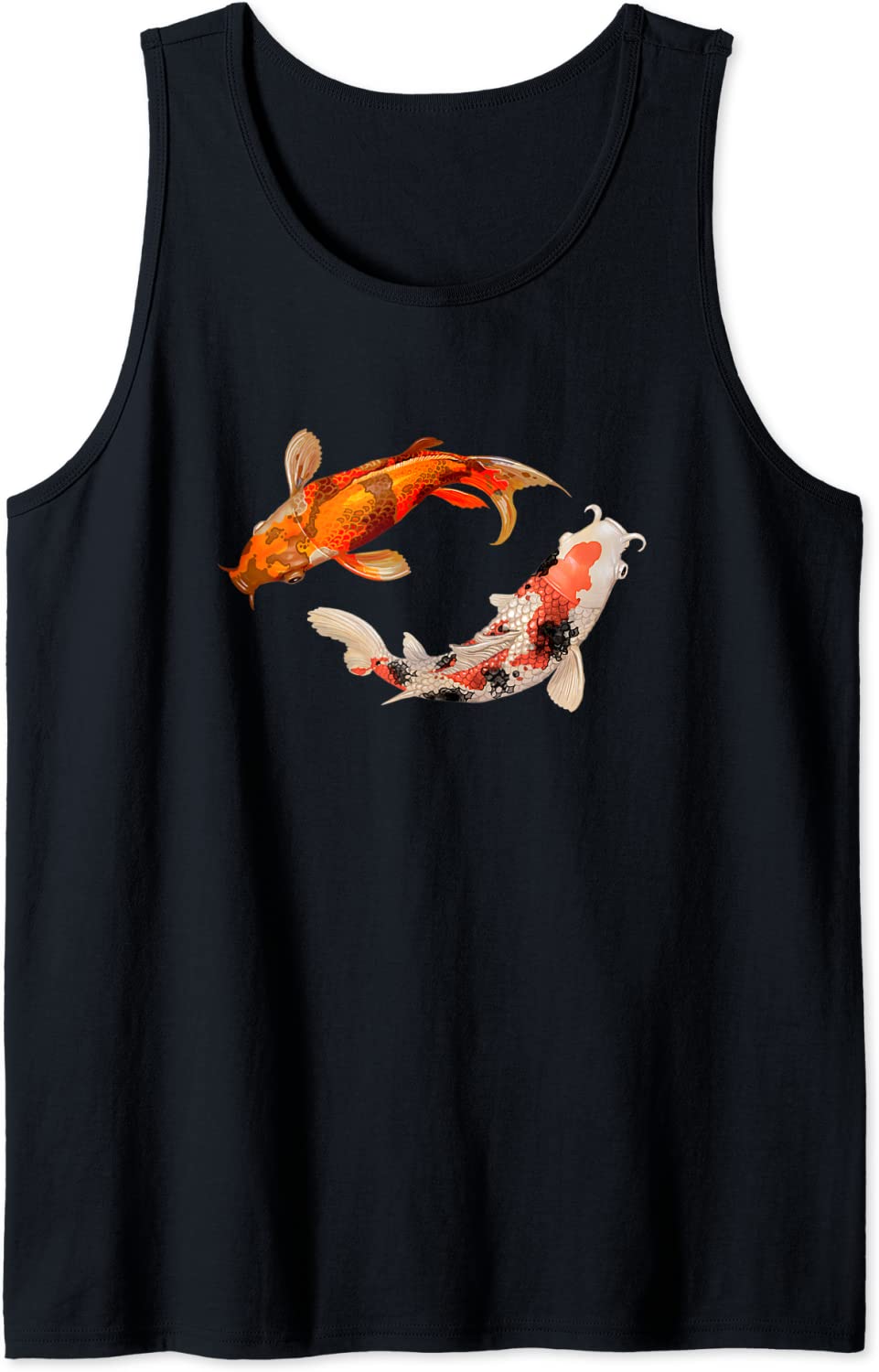


_koi_pullover_hoodie_9fqhqb6kta.jpg)













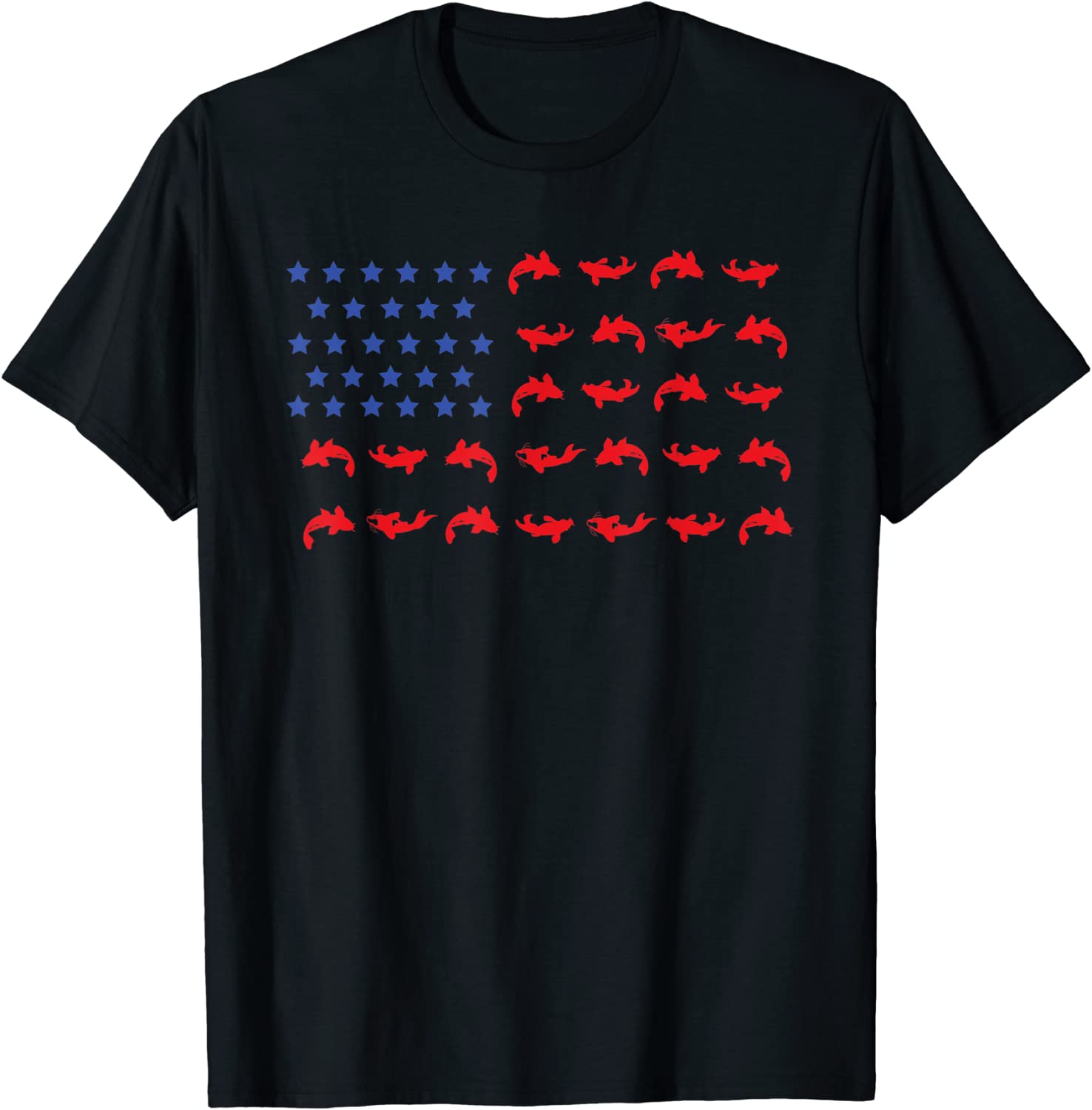

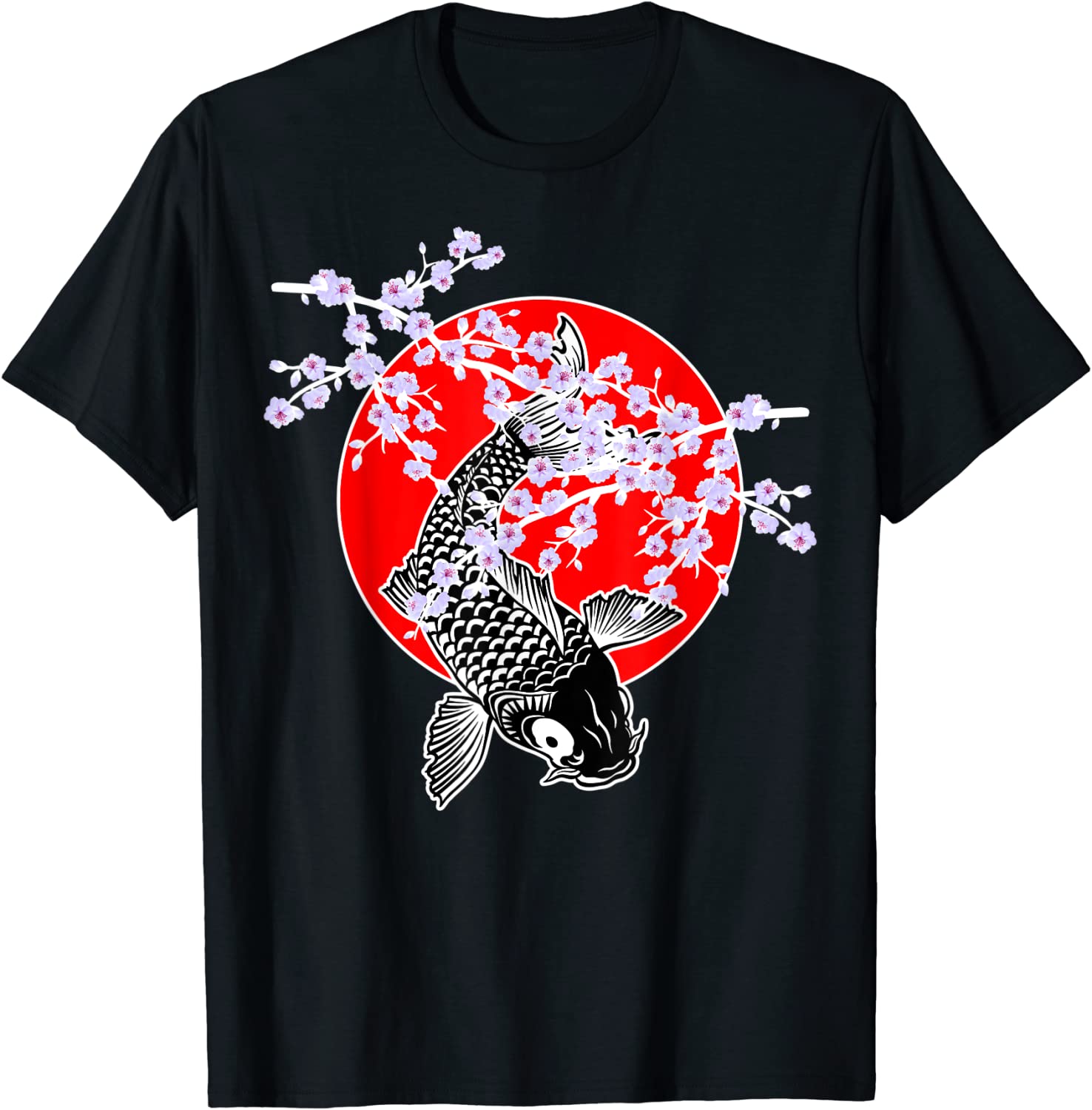








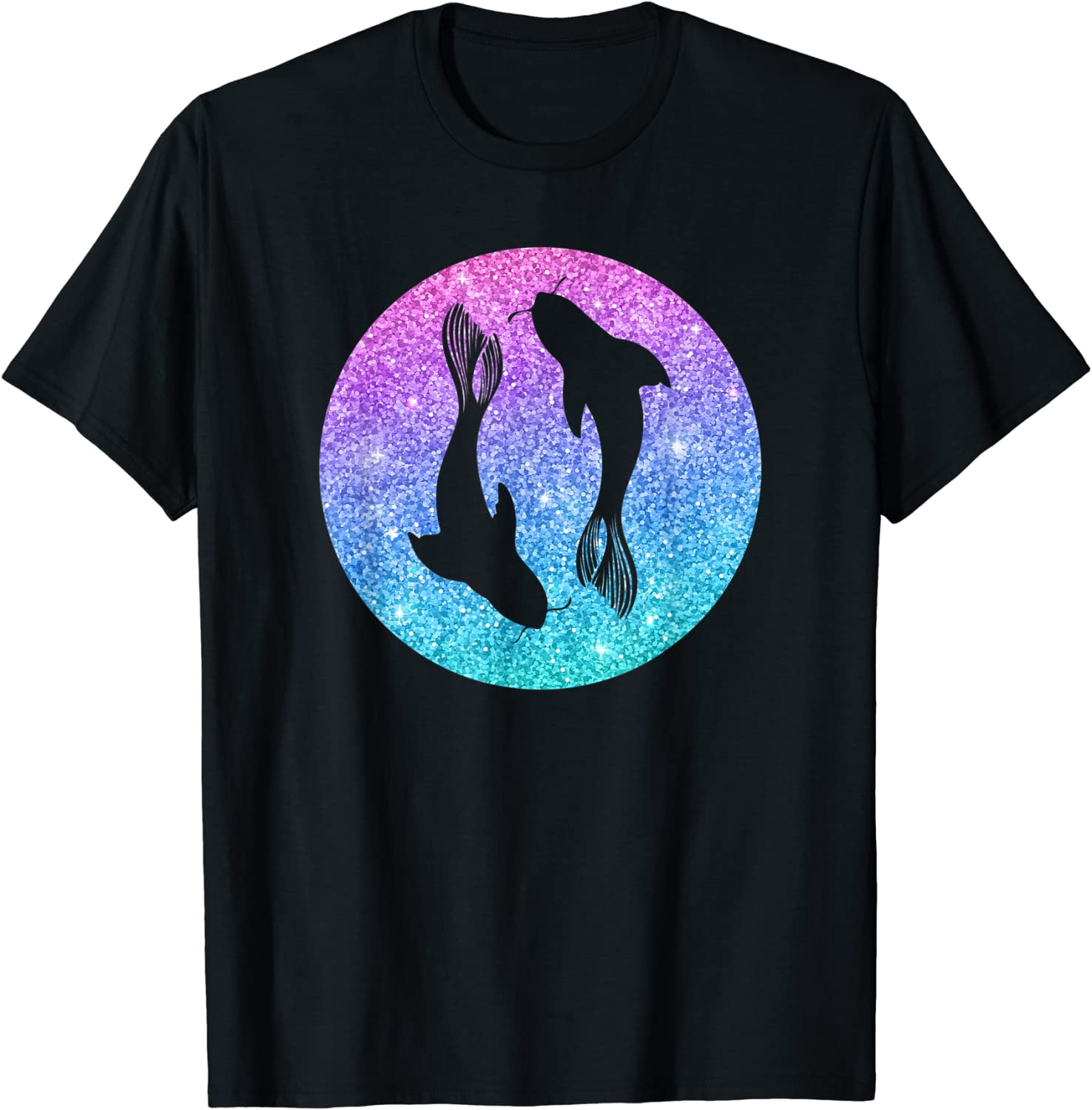


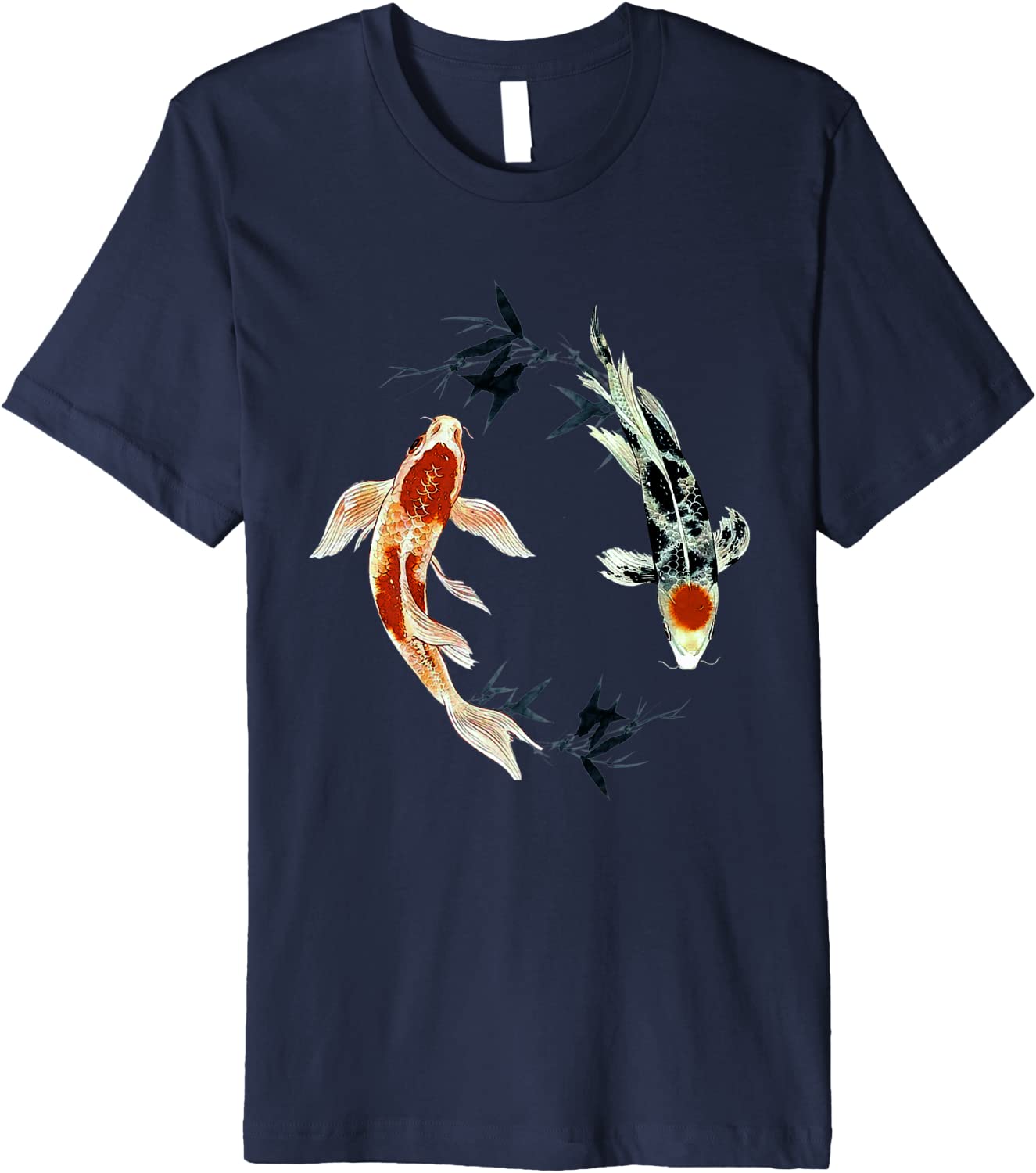






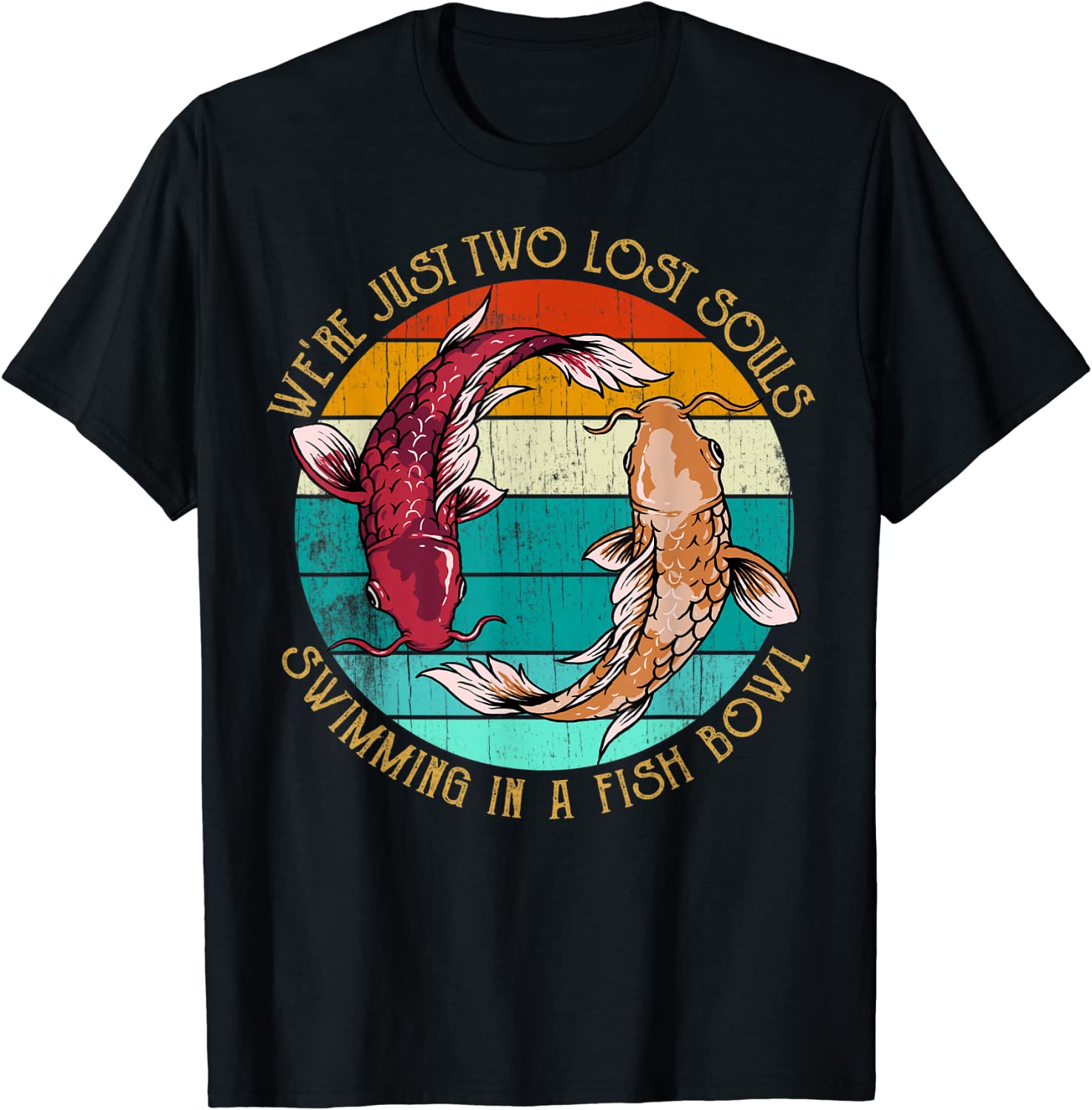
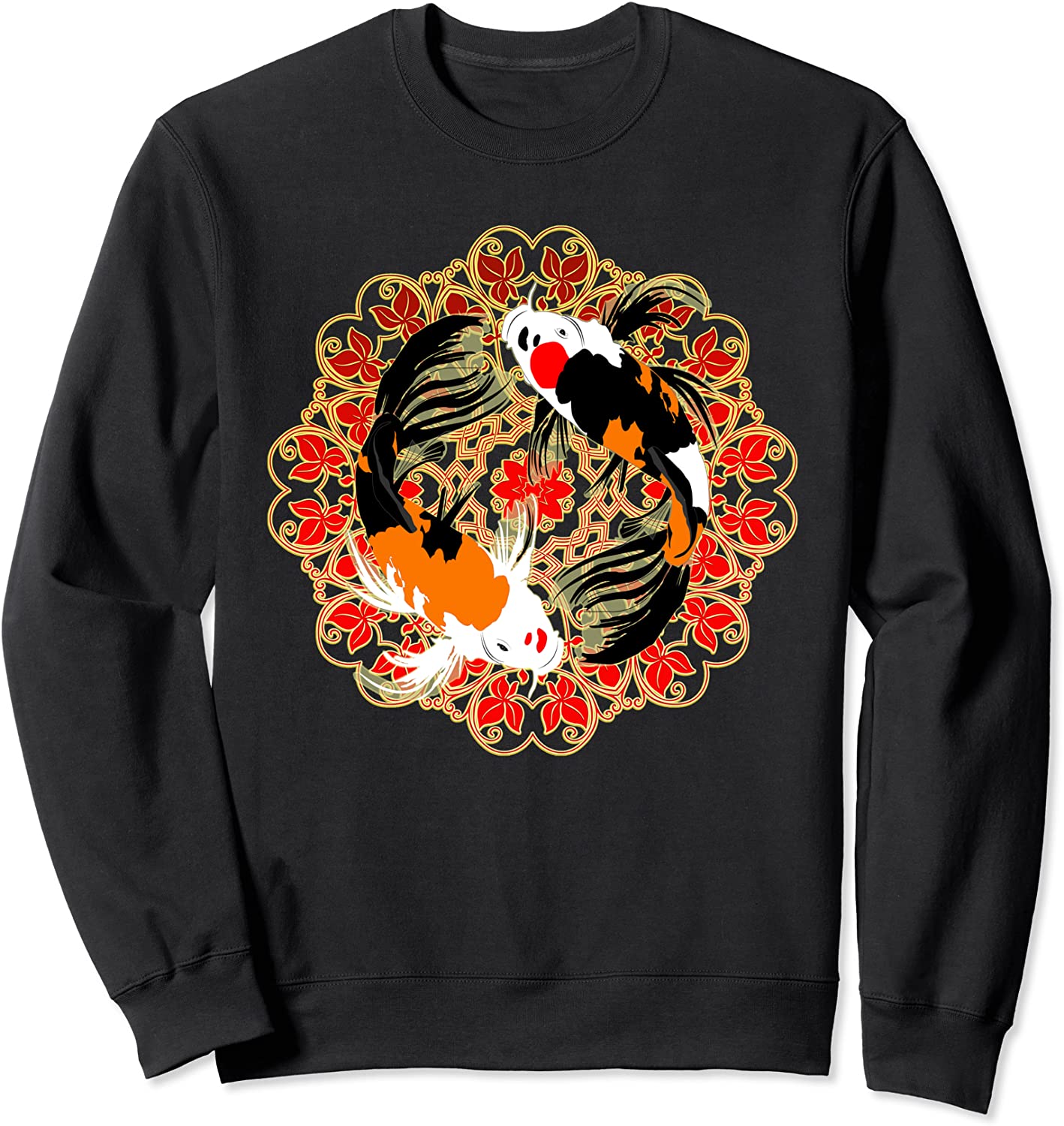












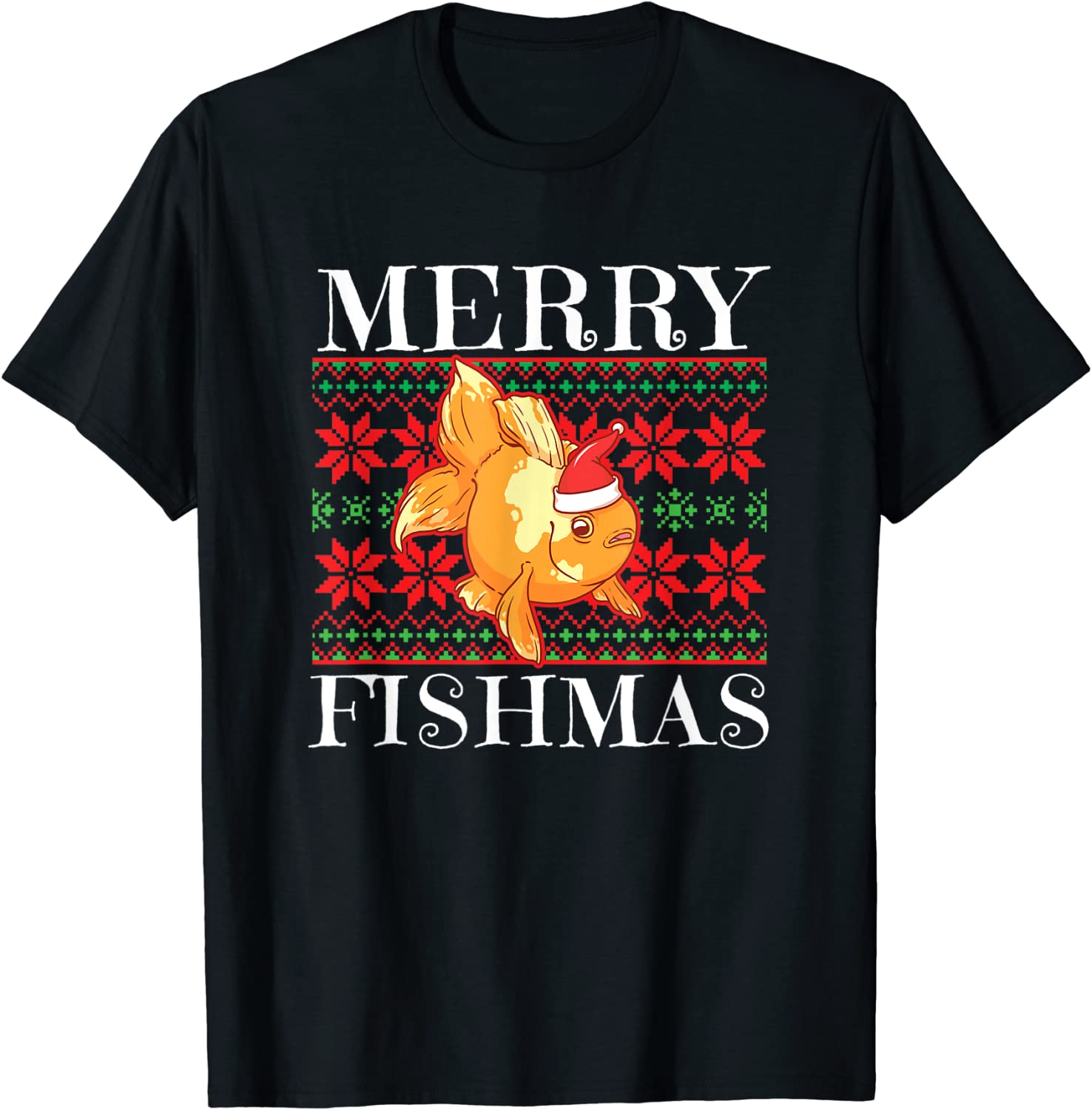































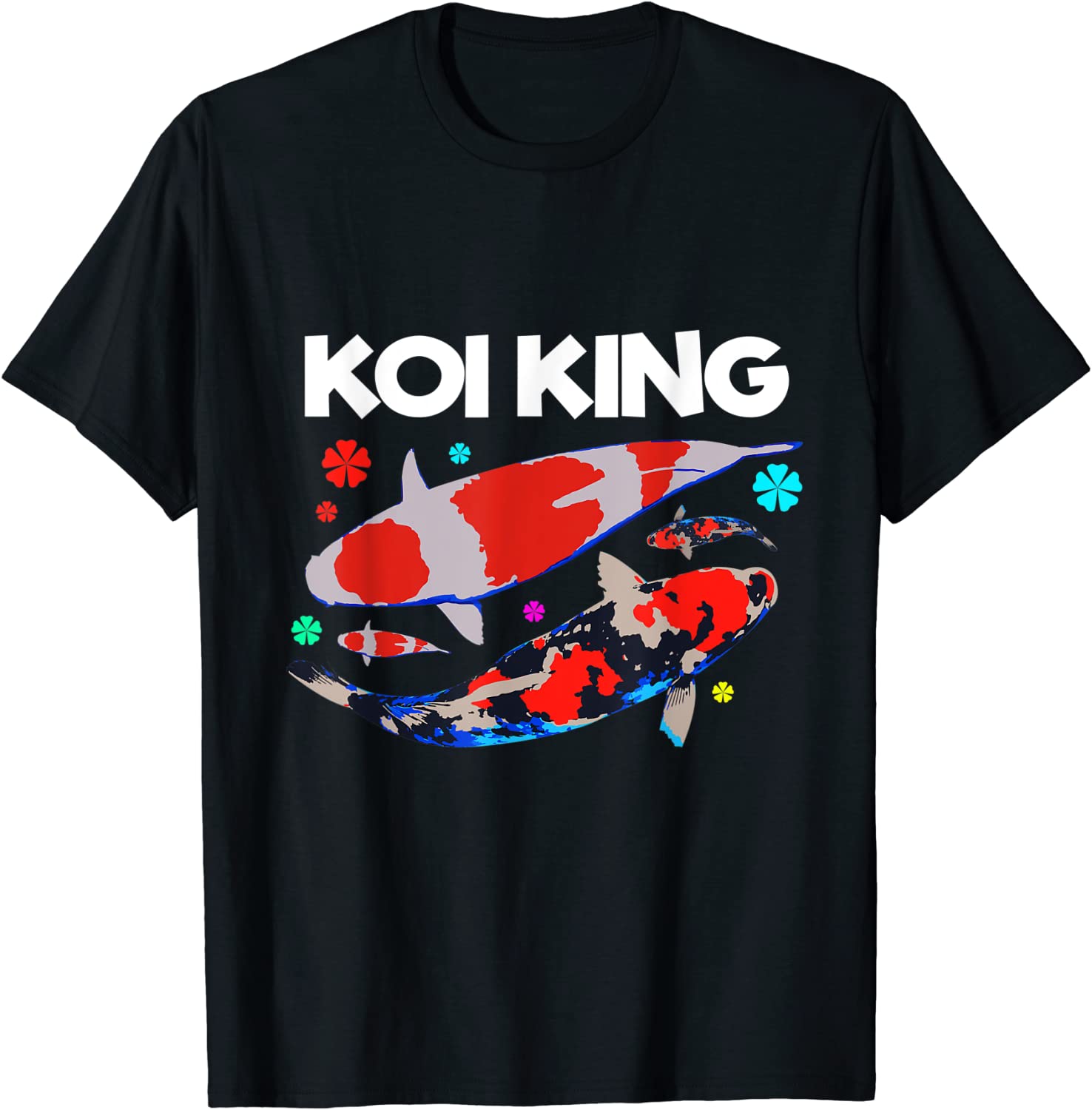











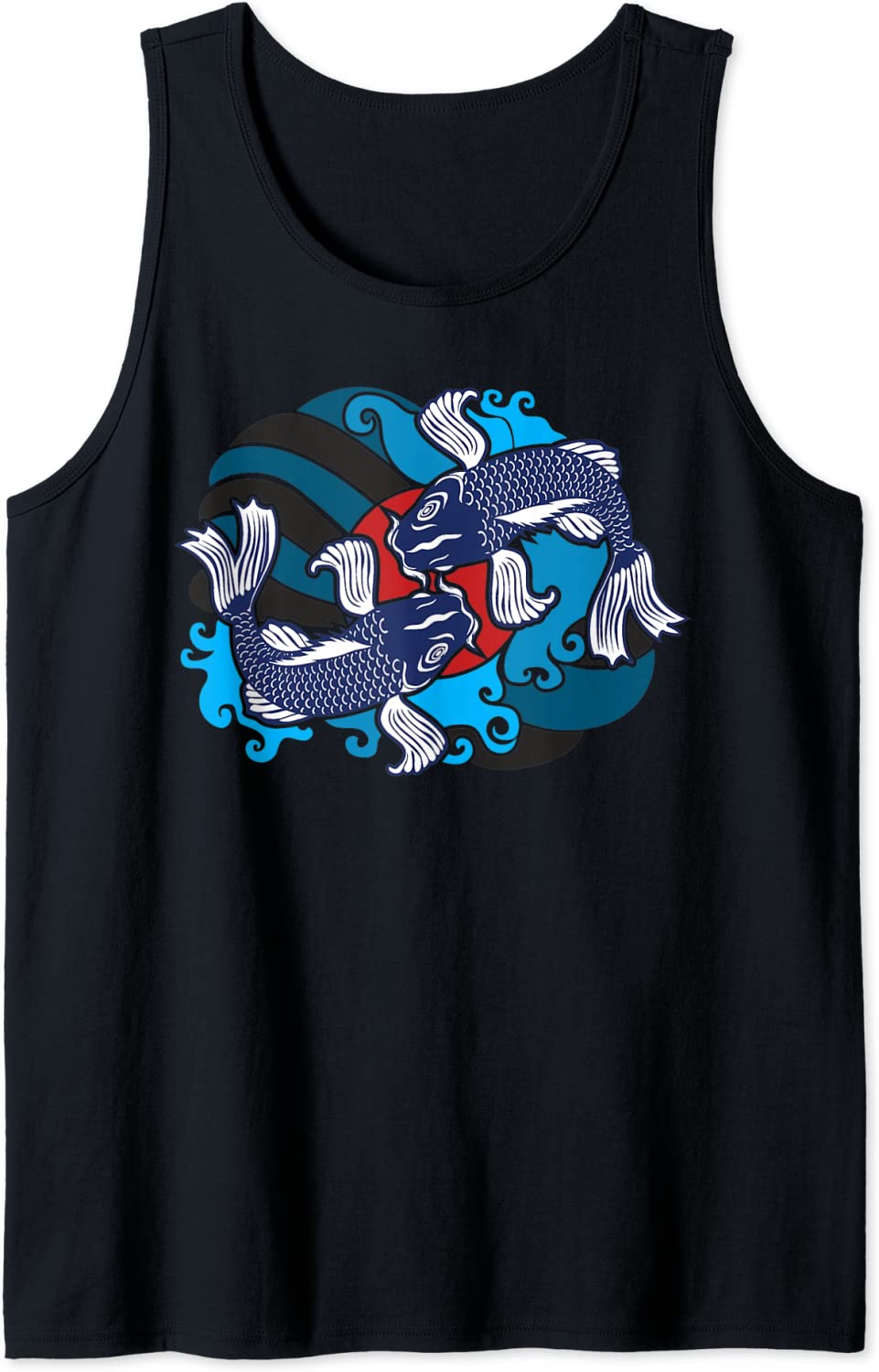







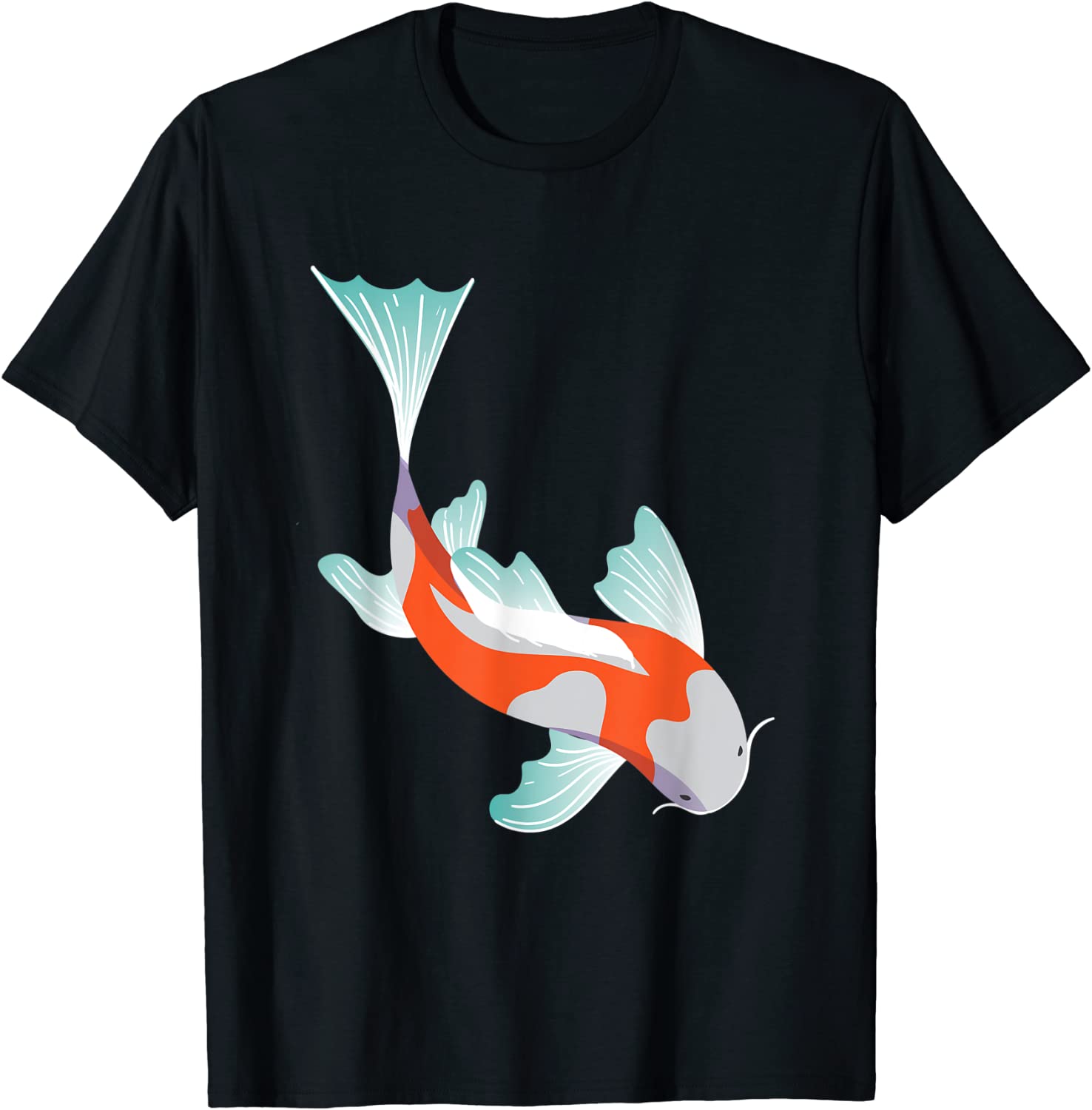





_premium_kvbem7t9kf.jpg)








